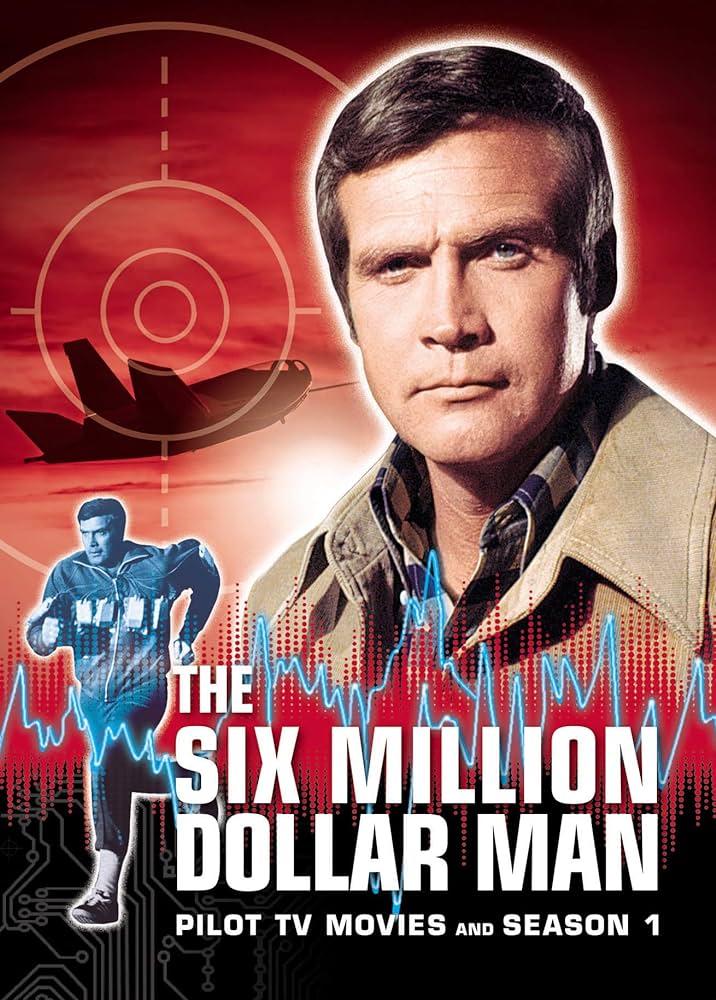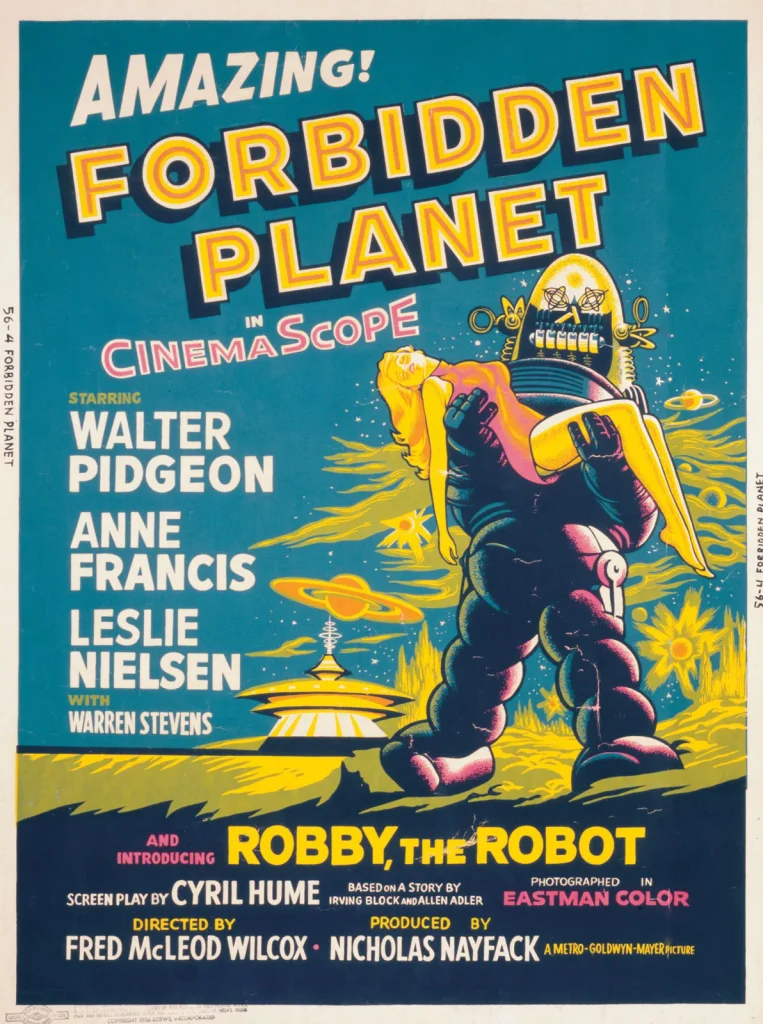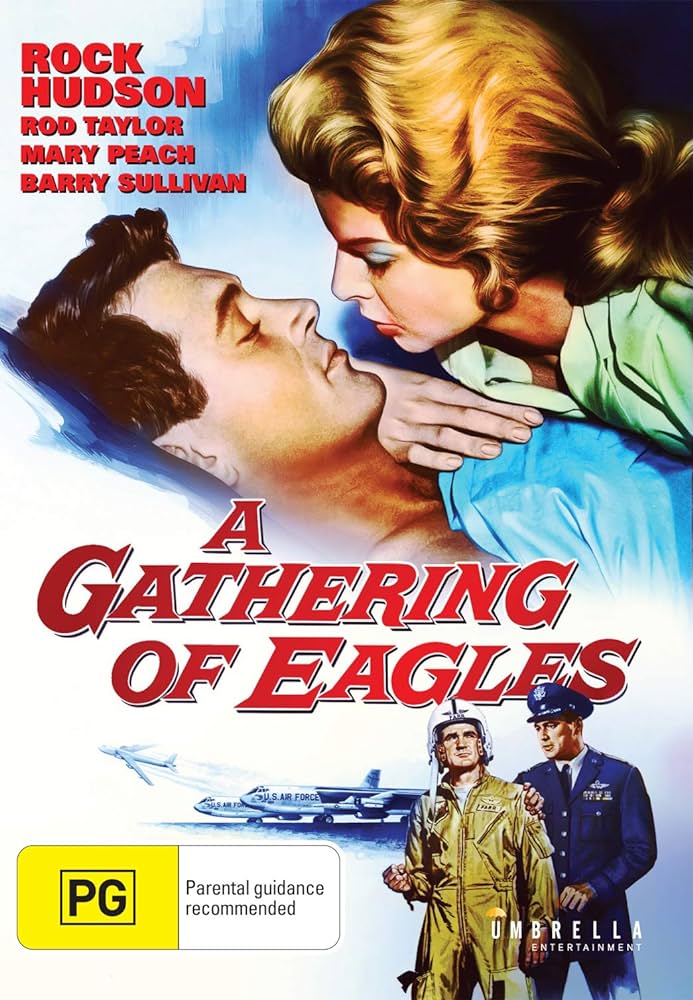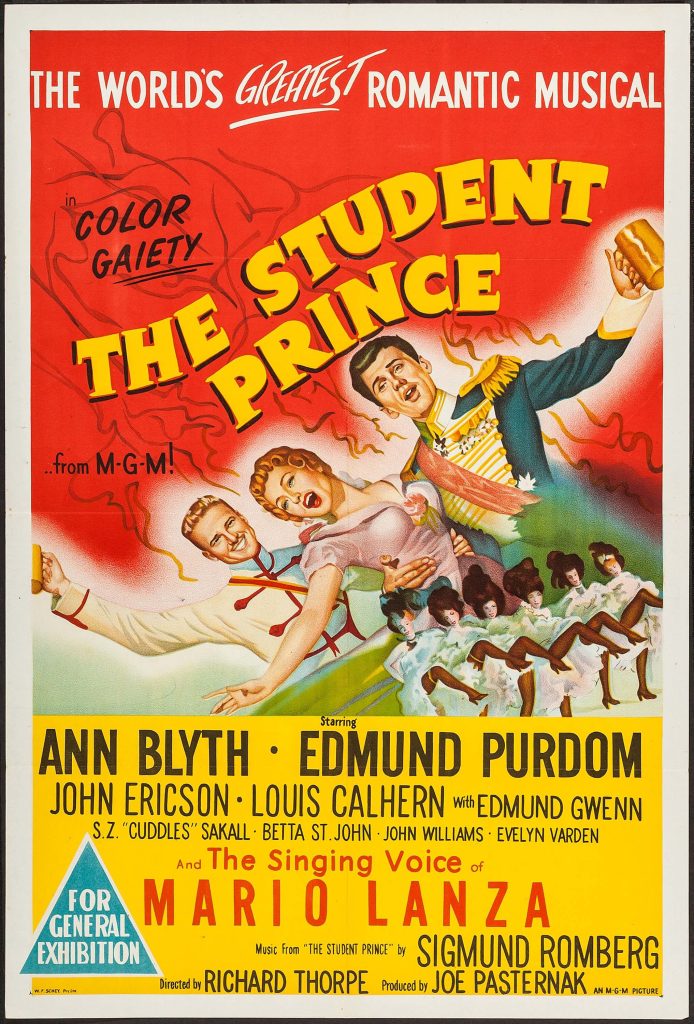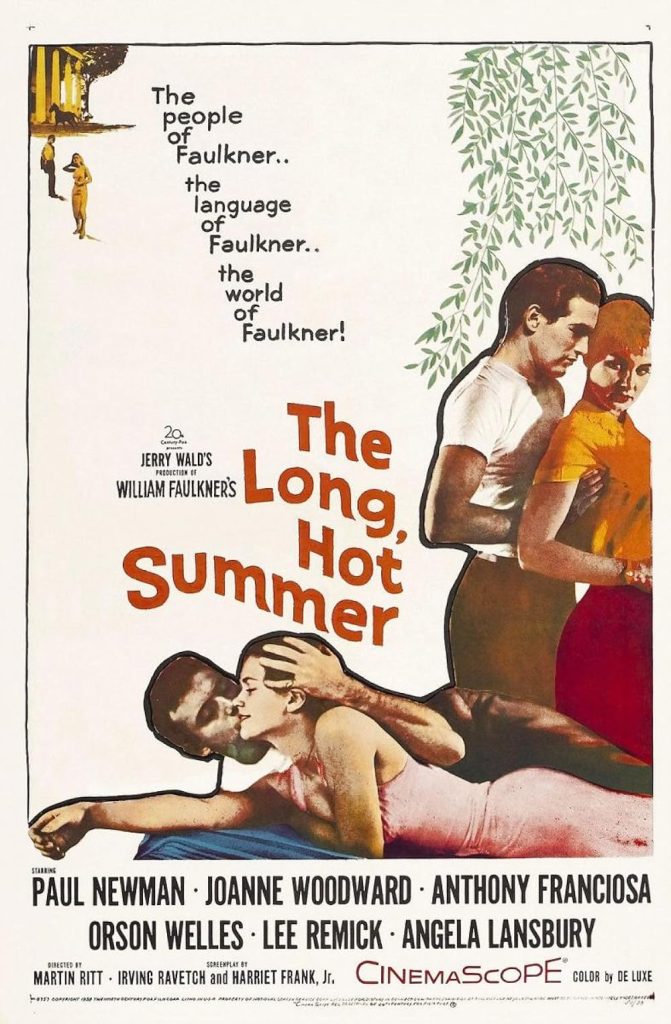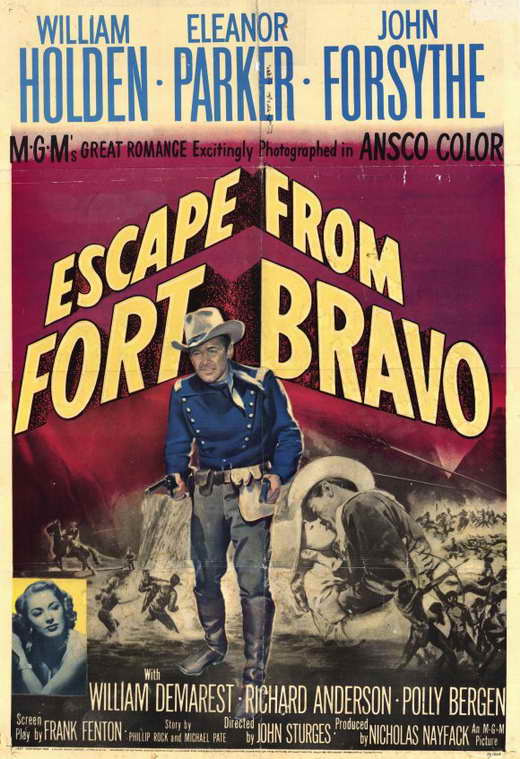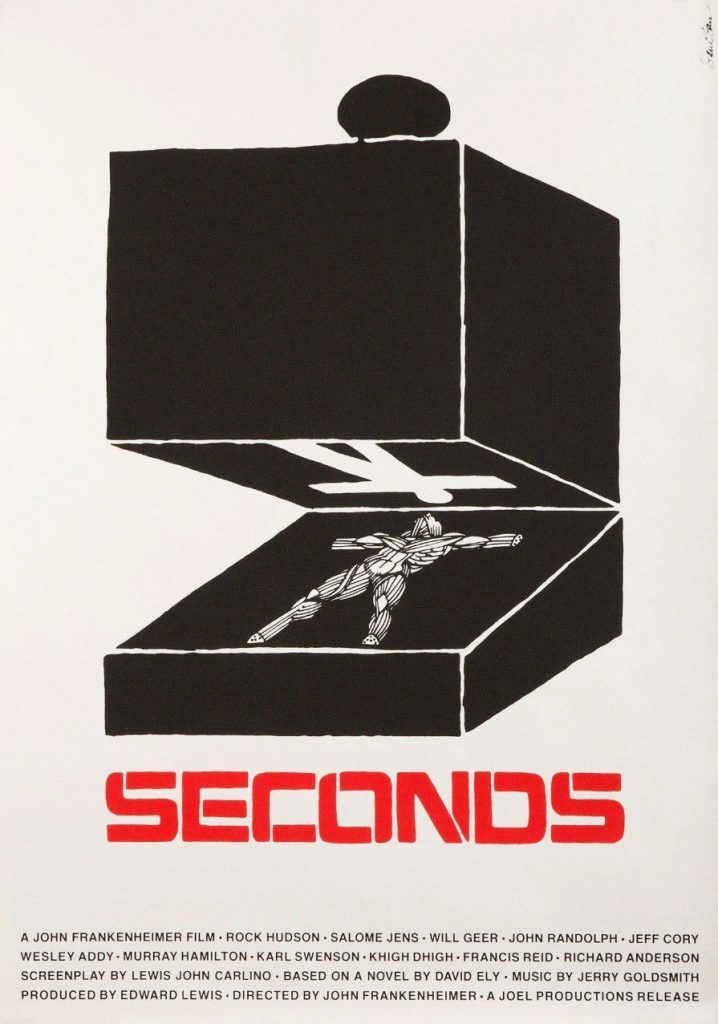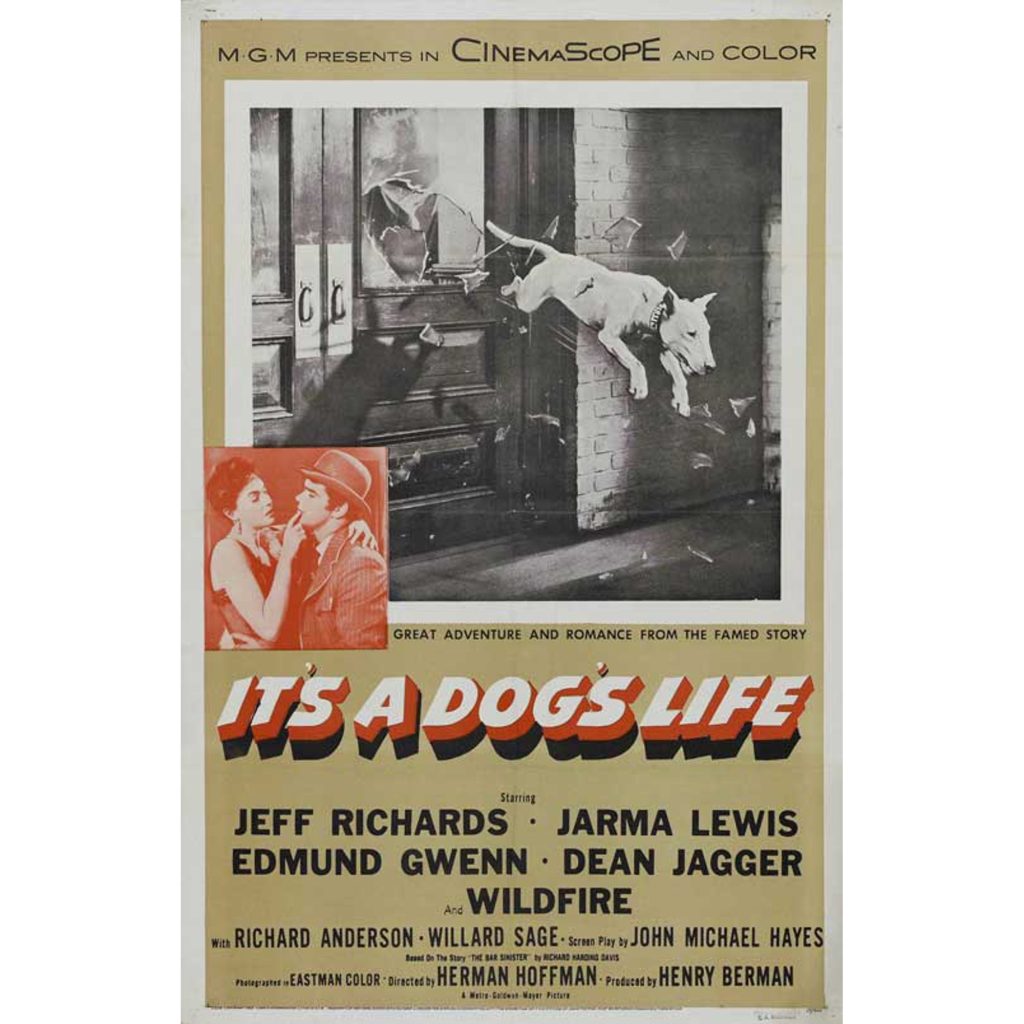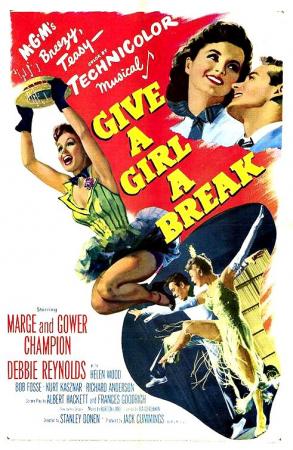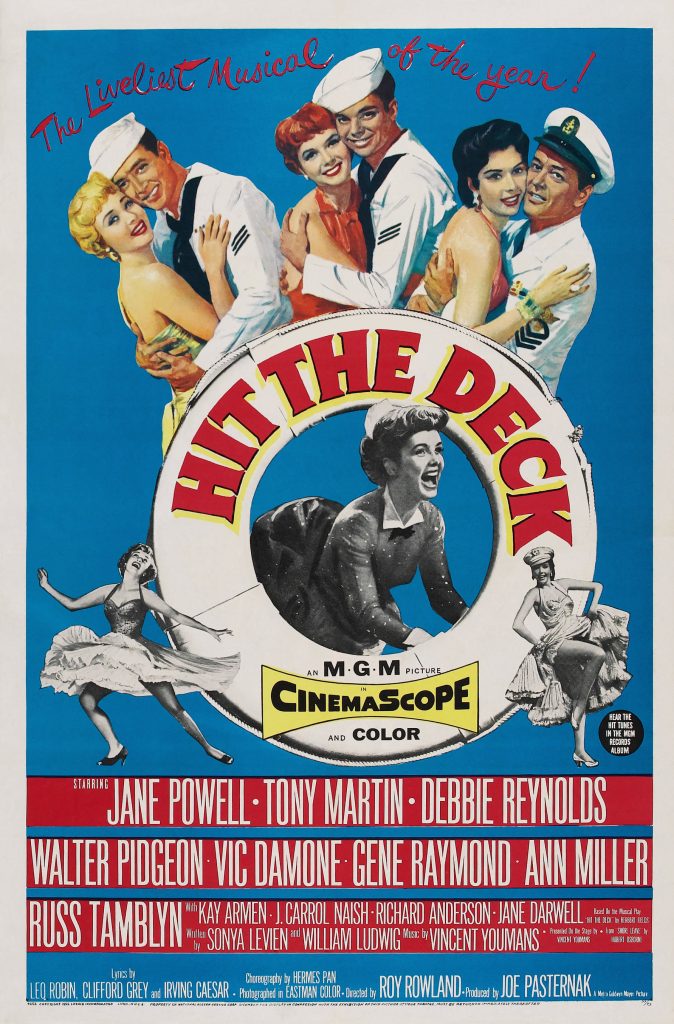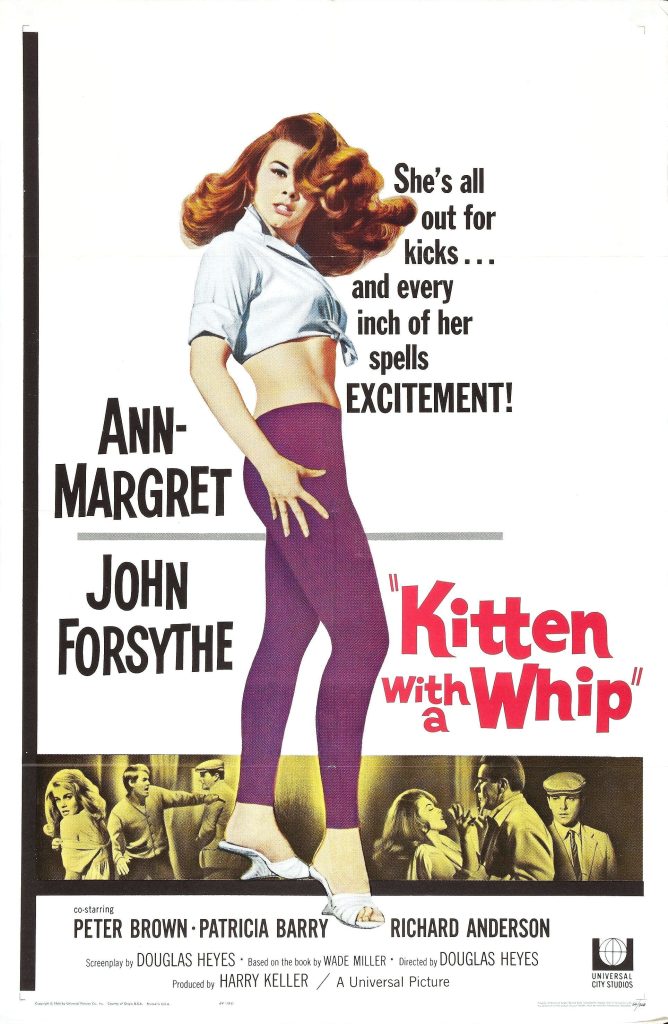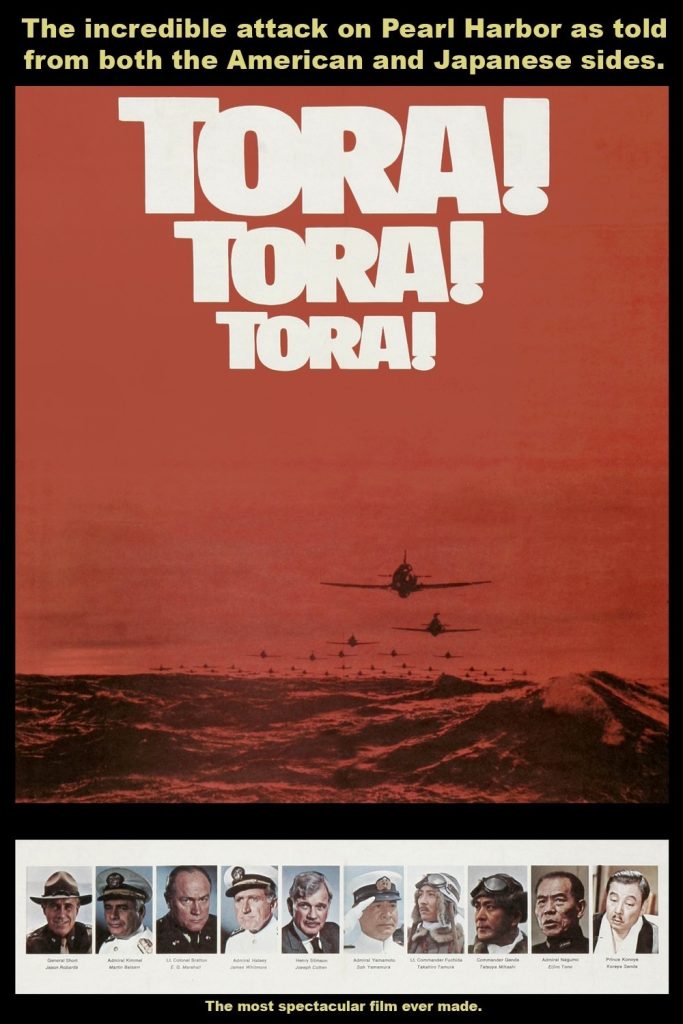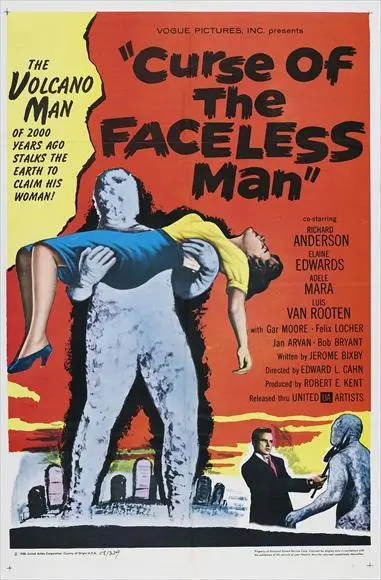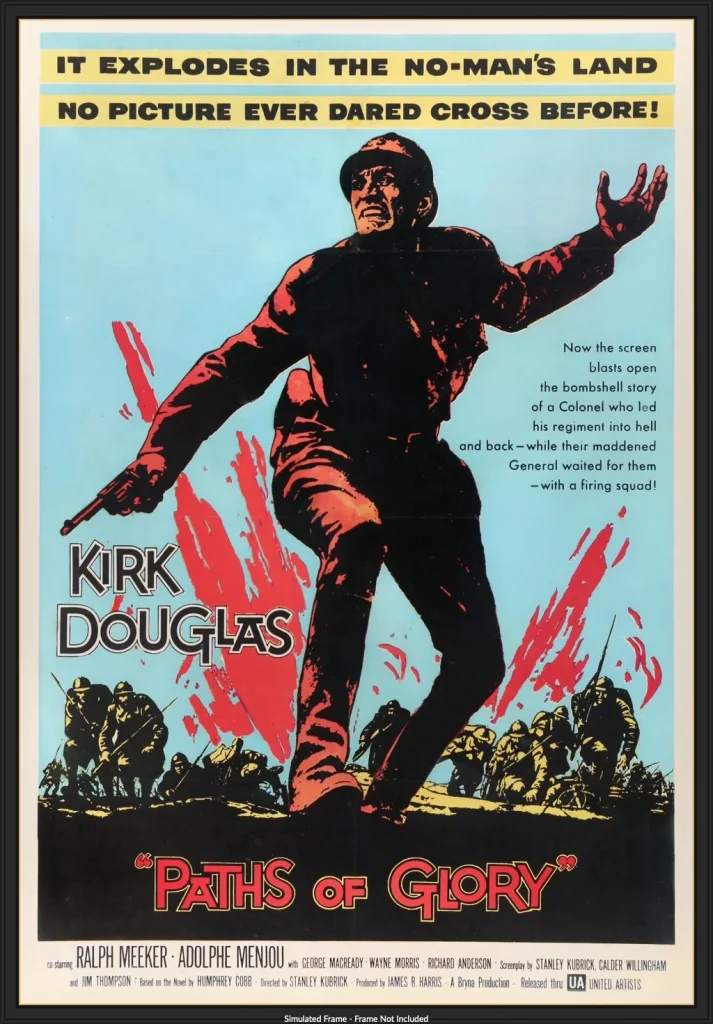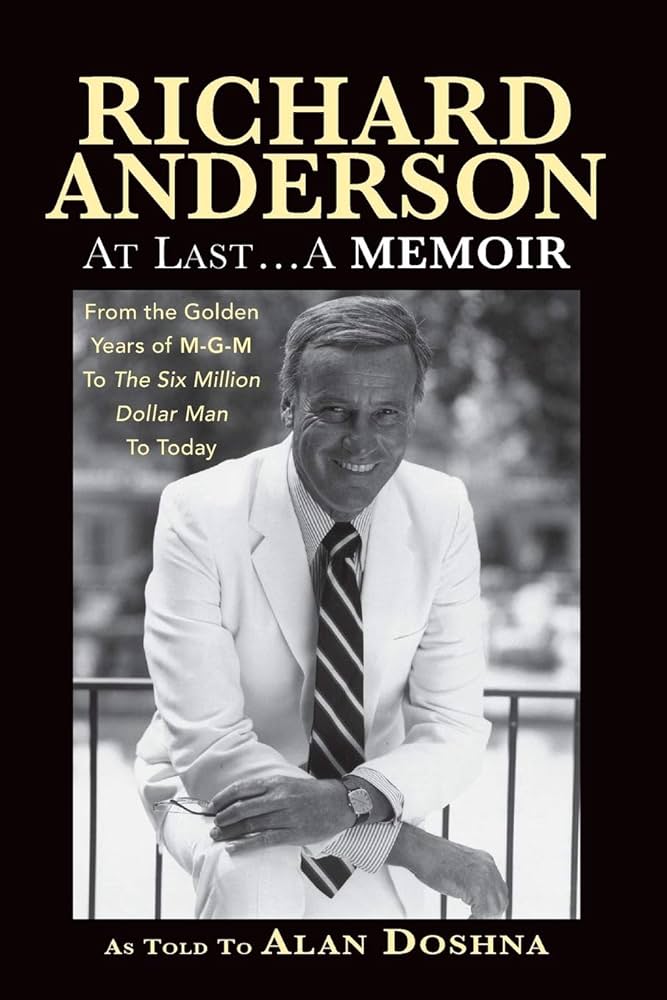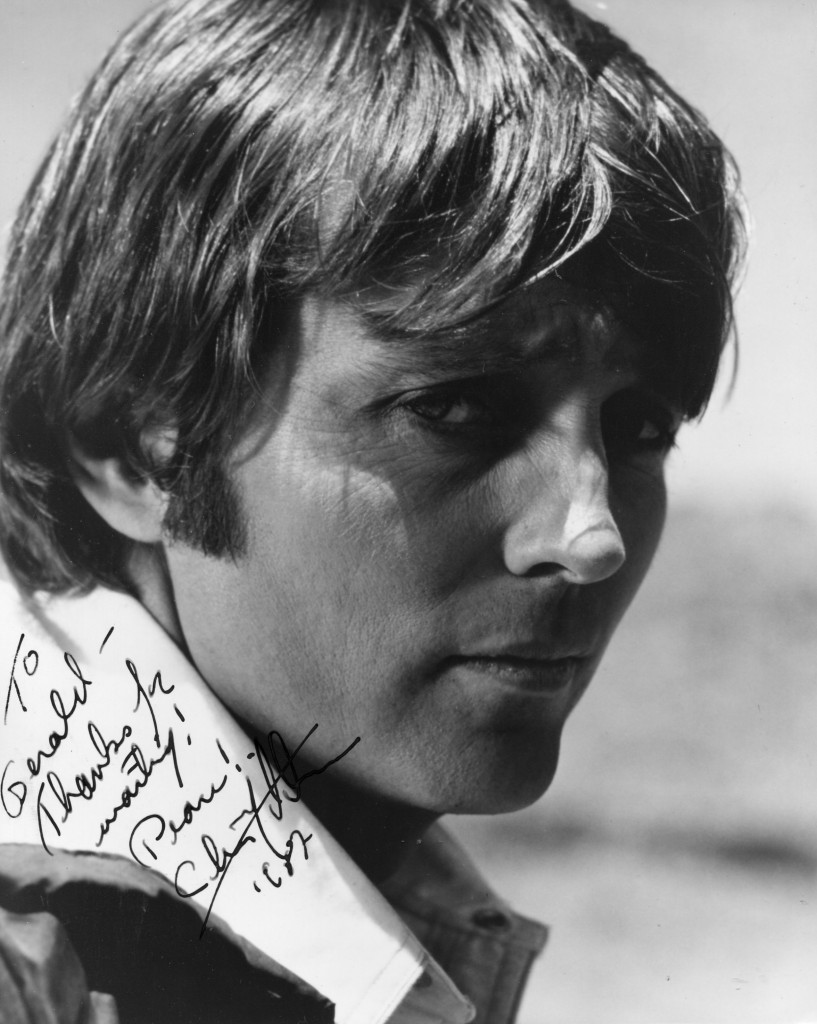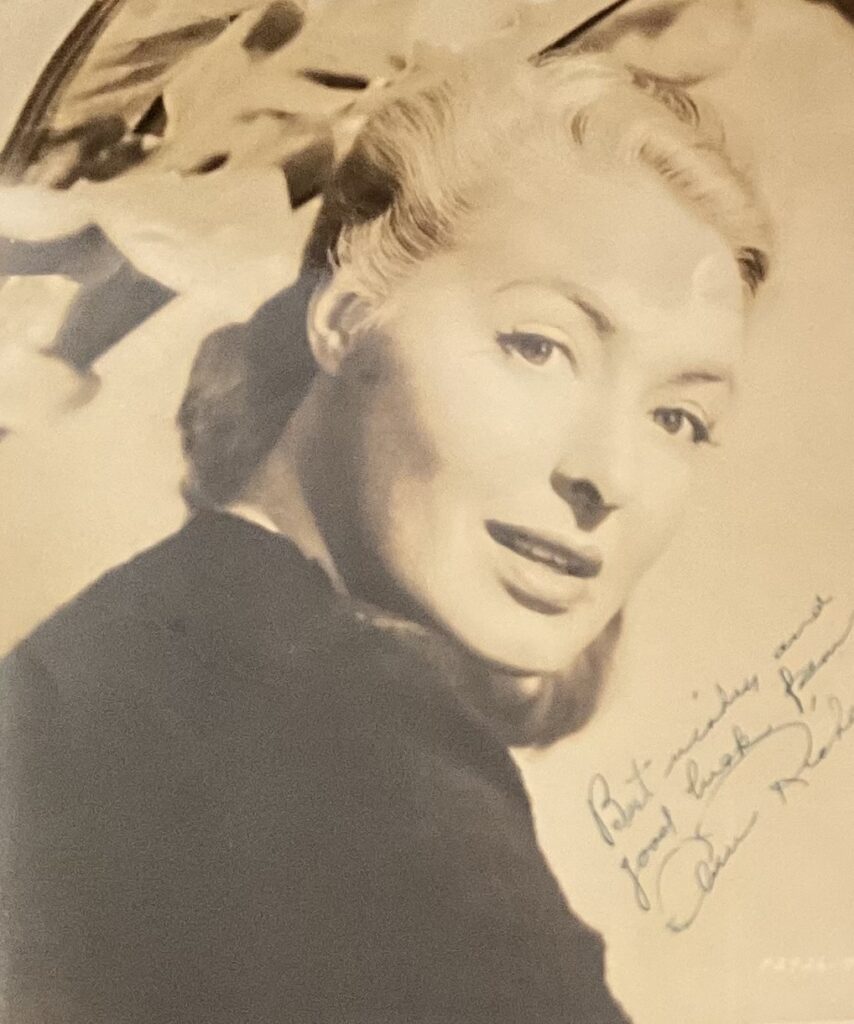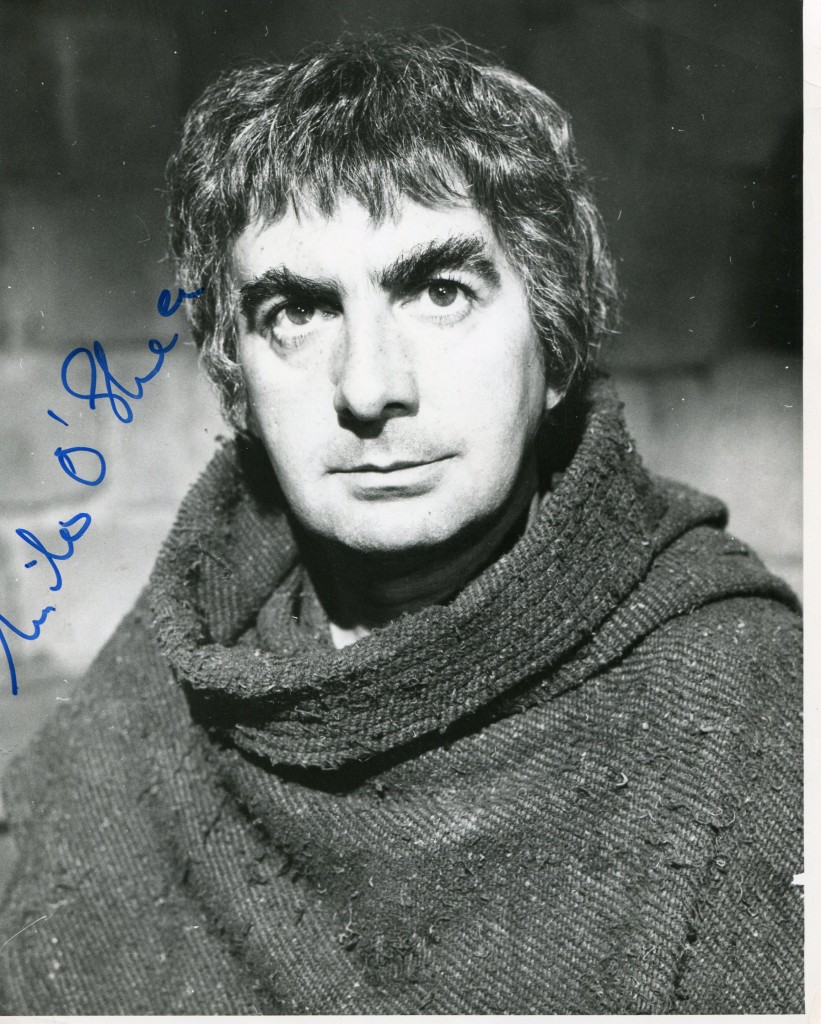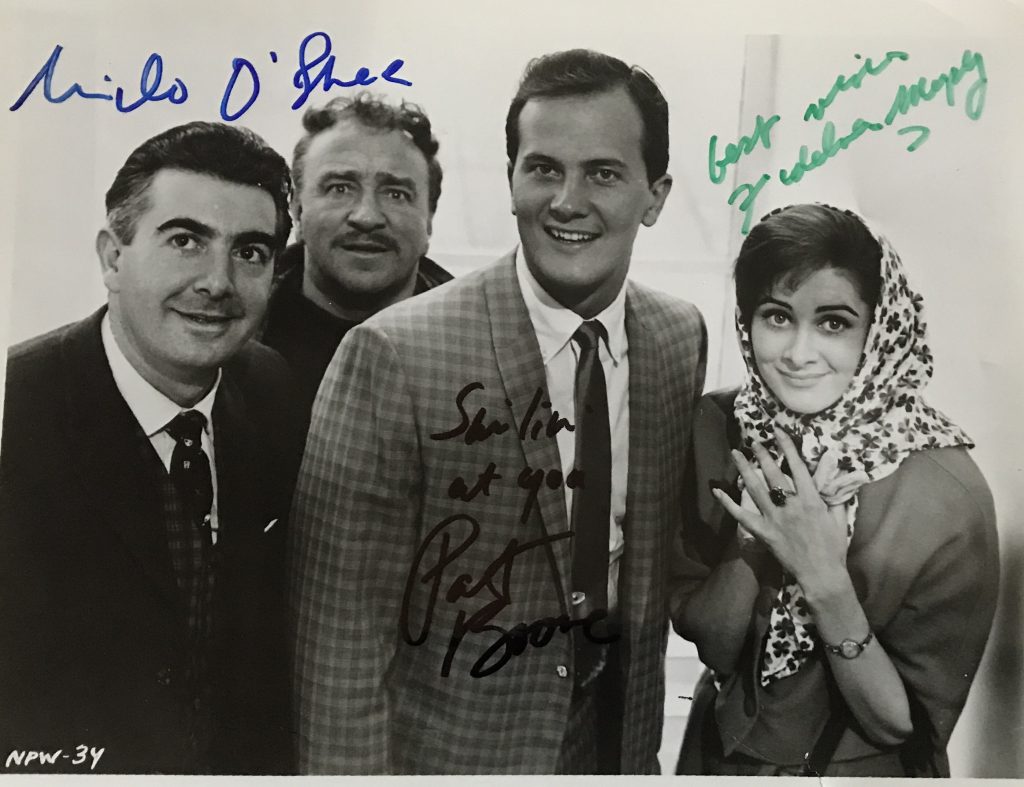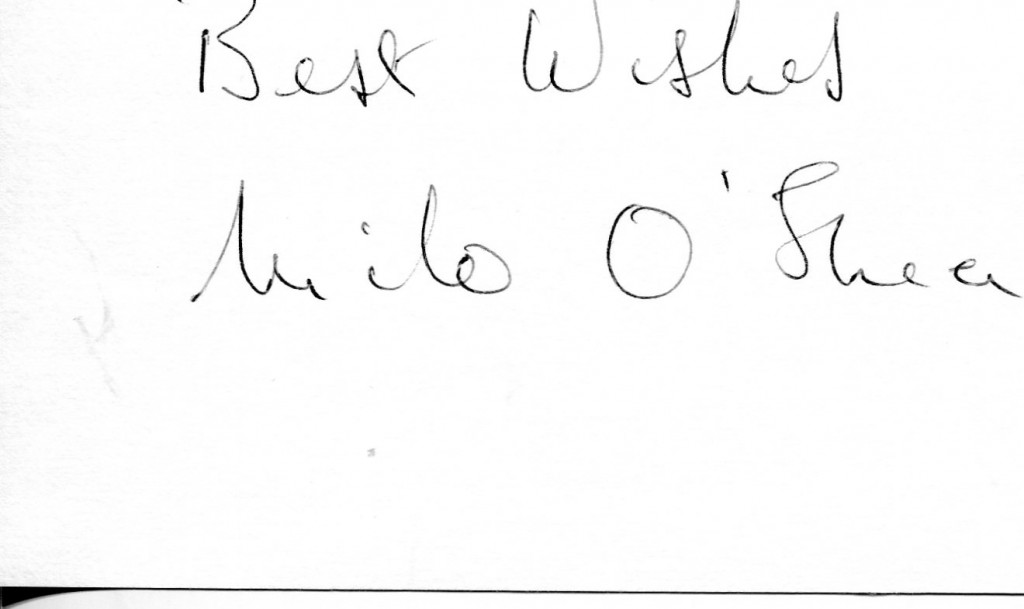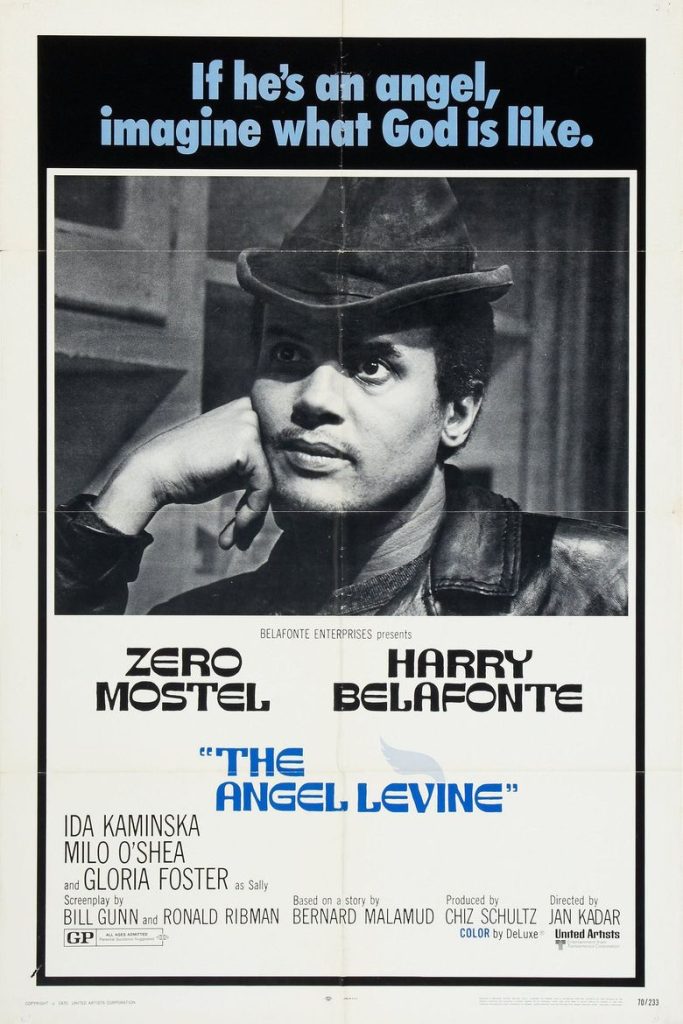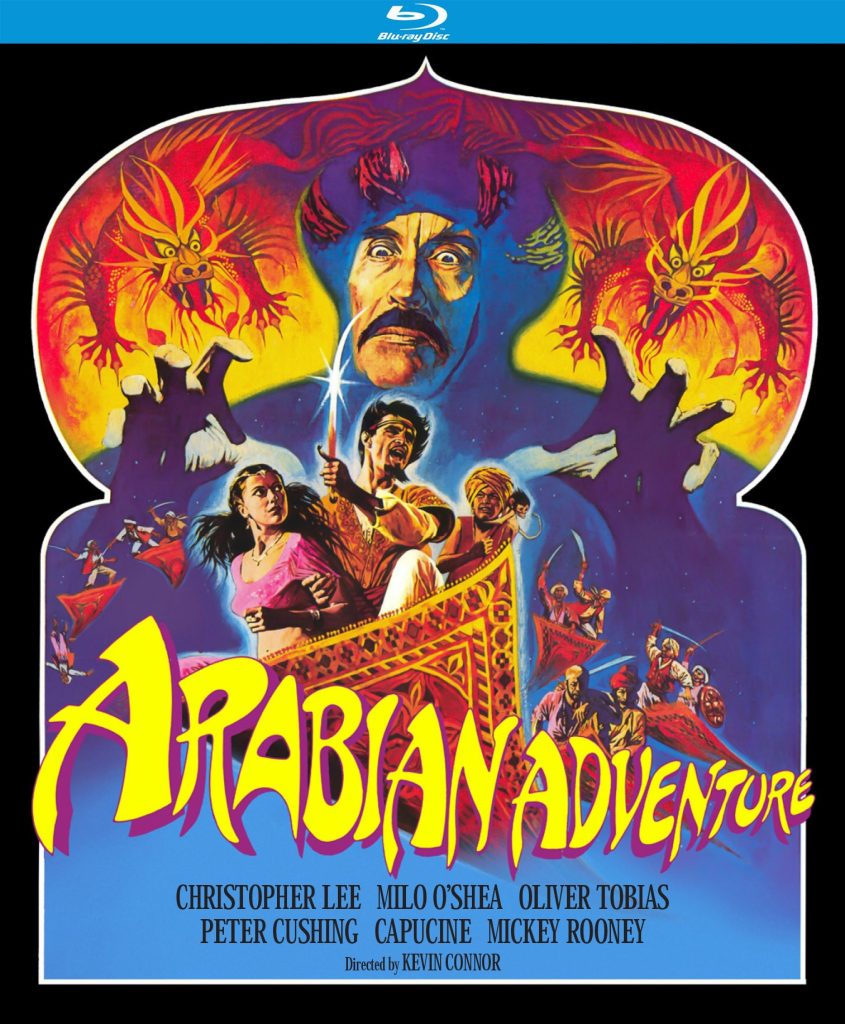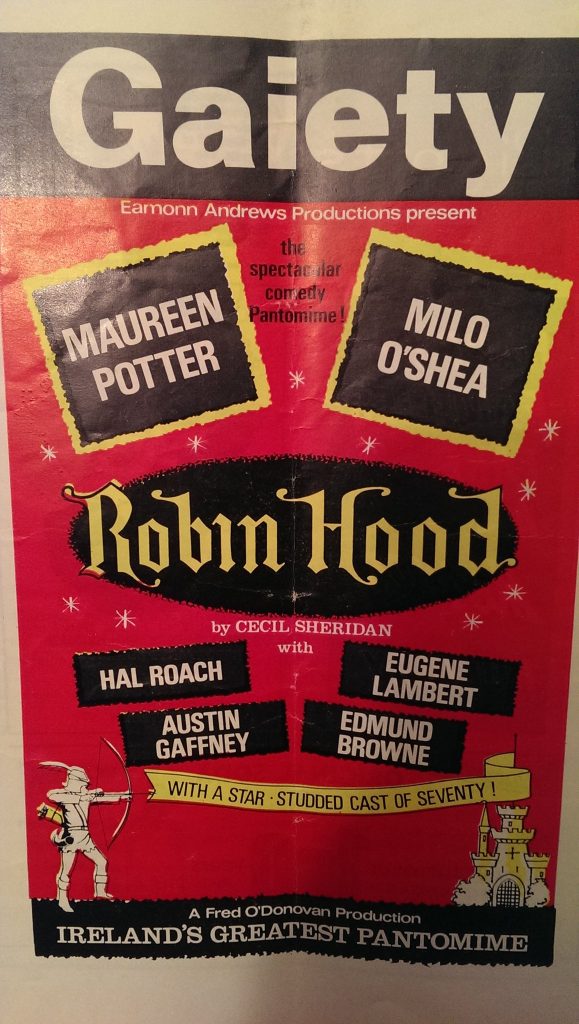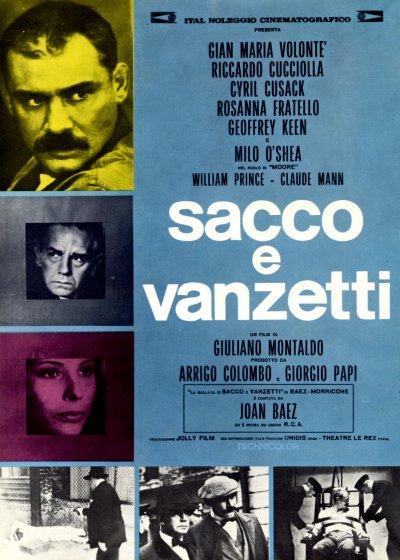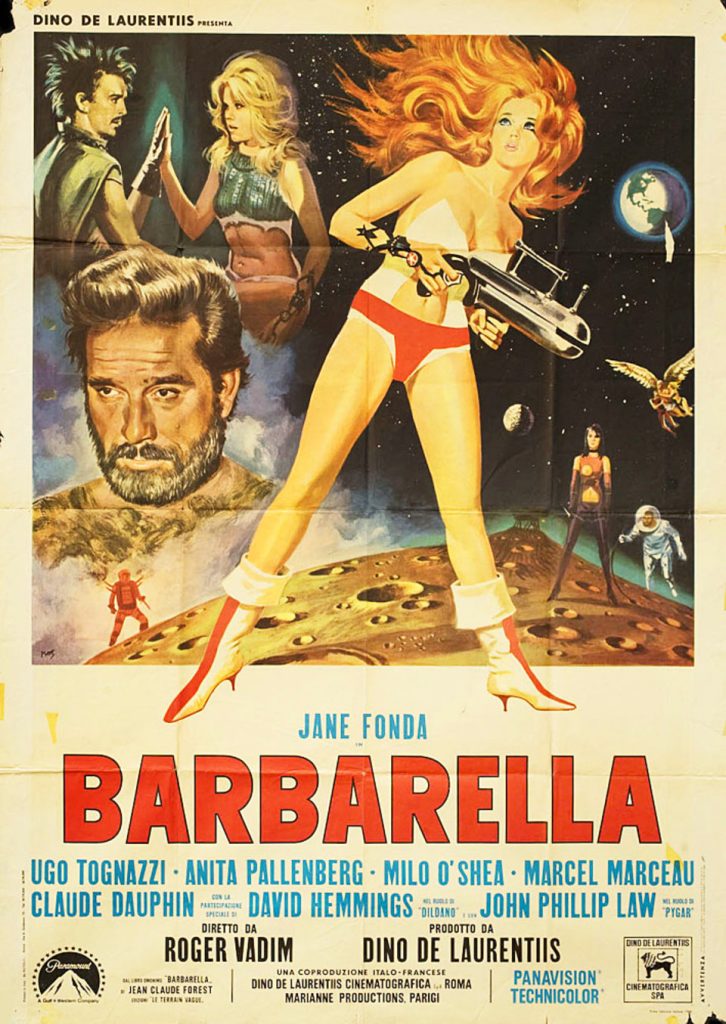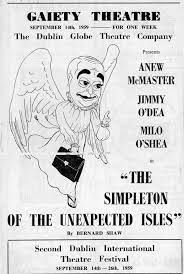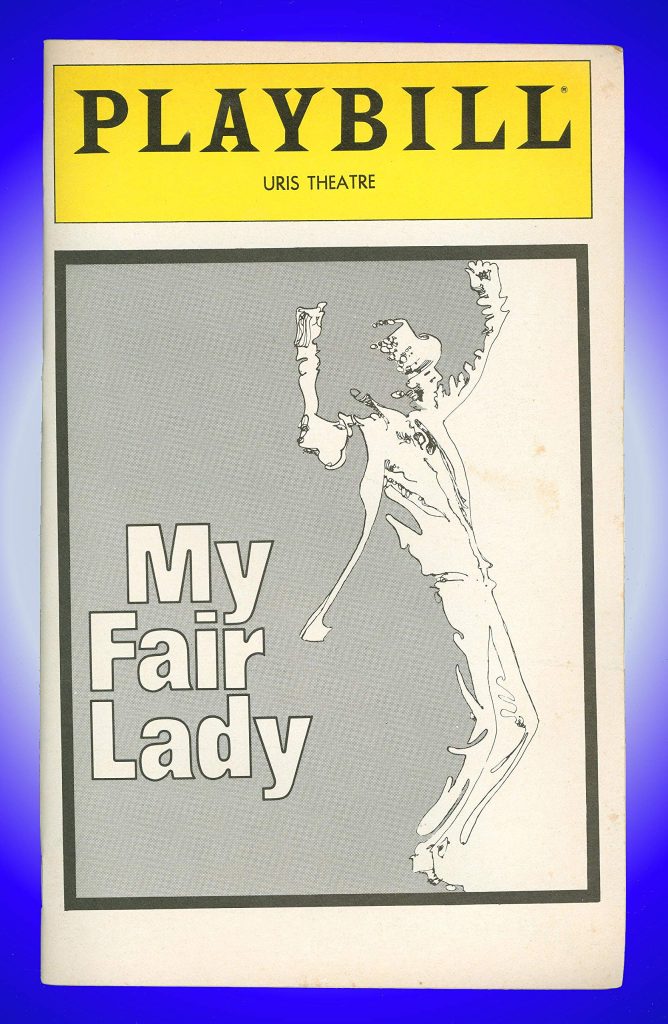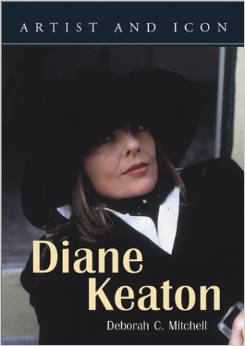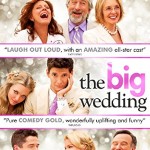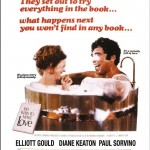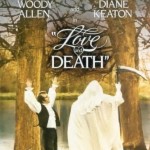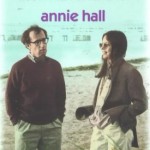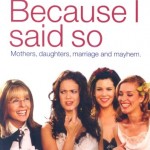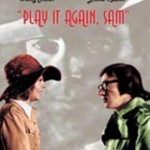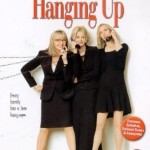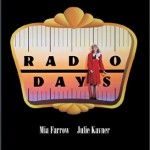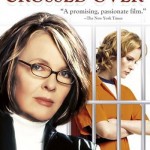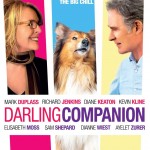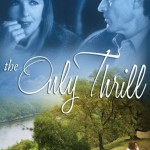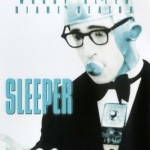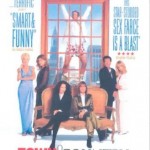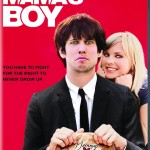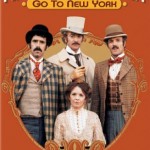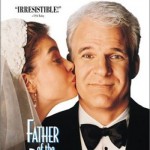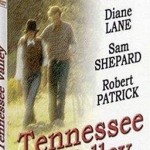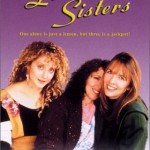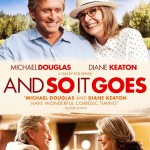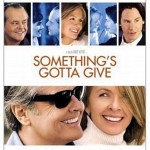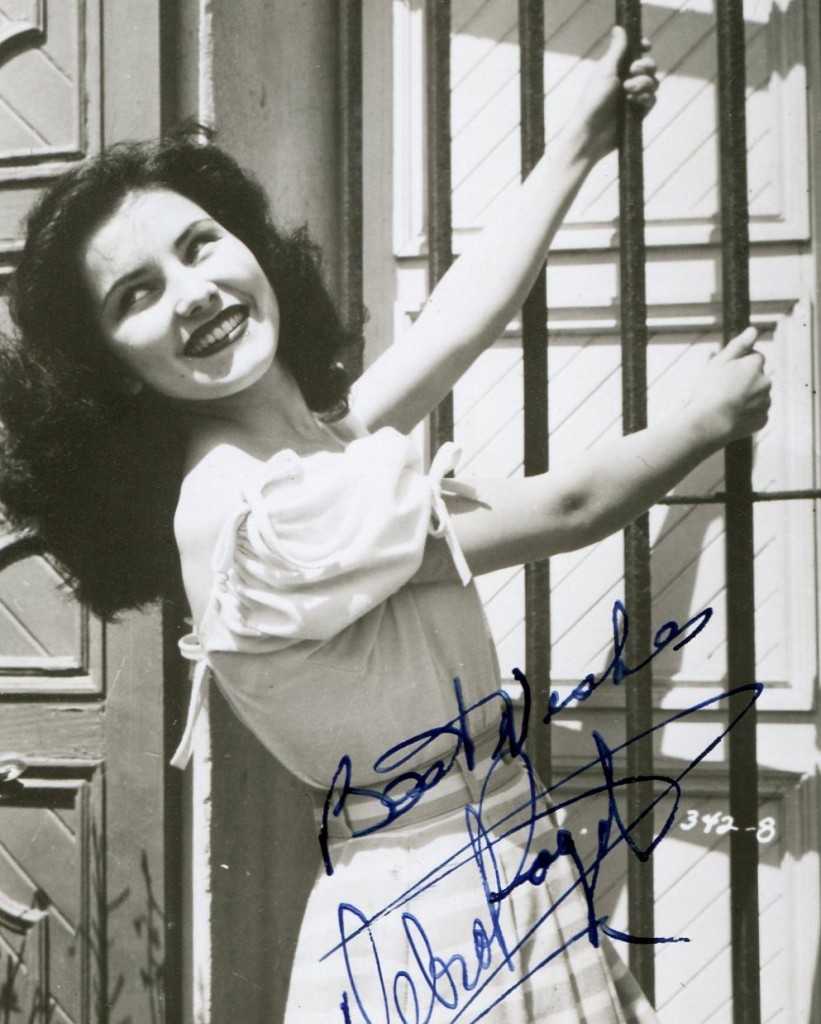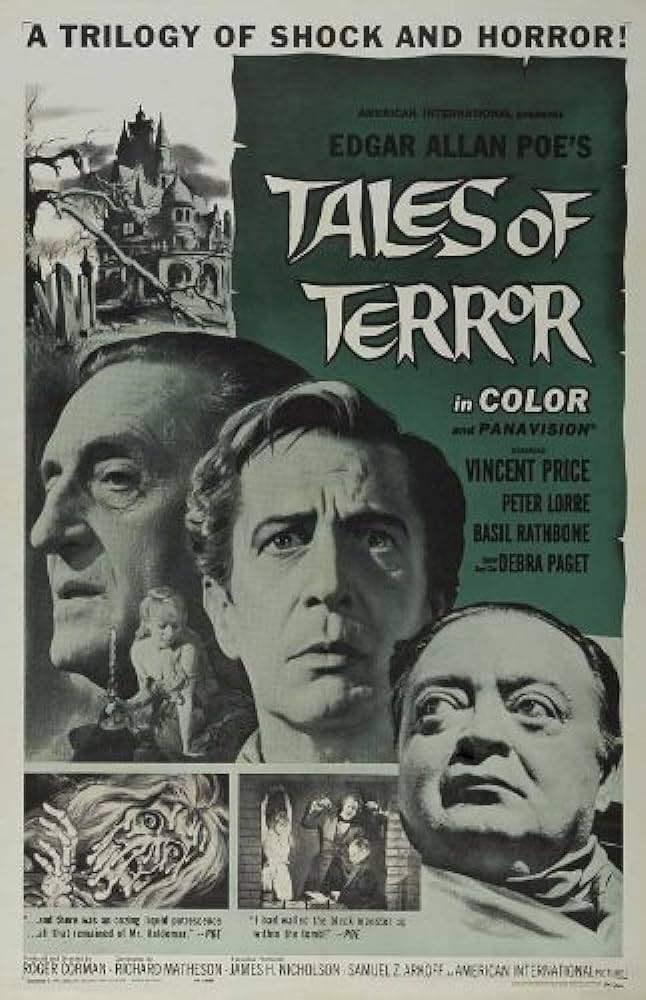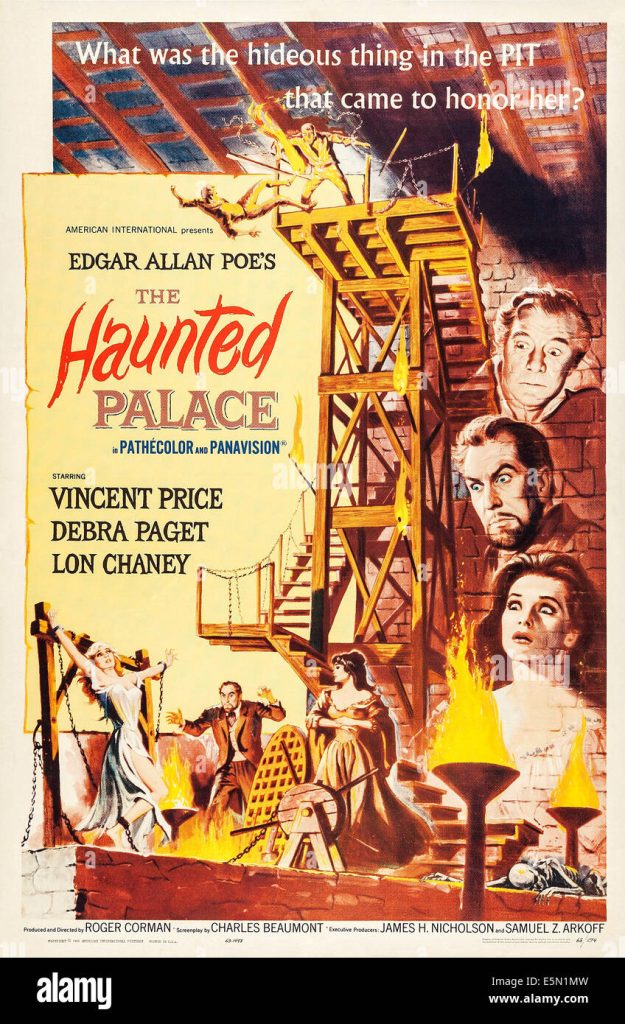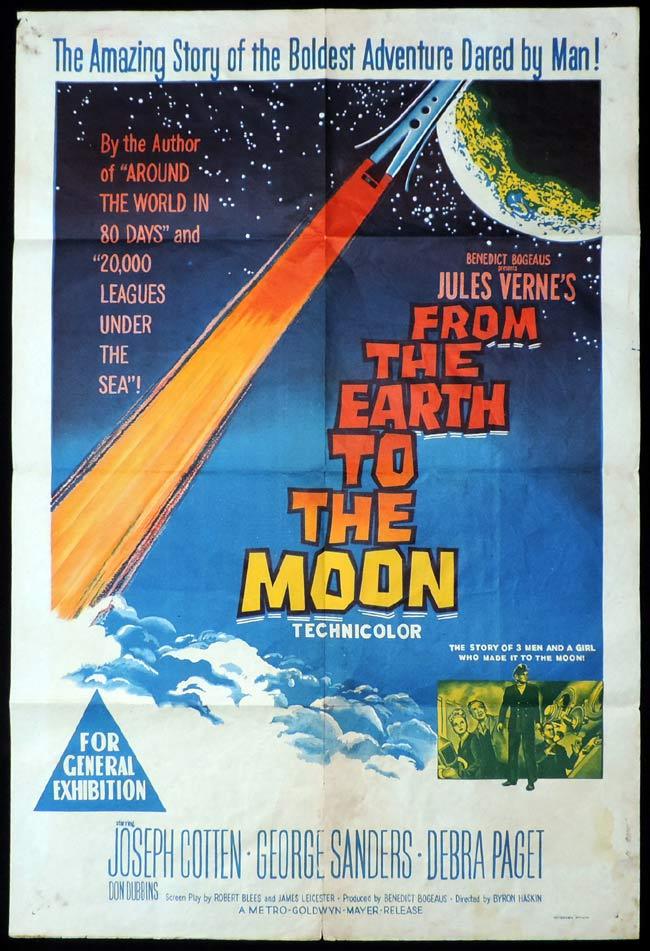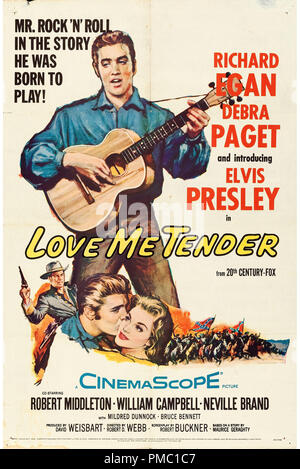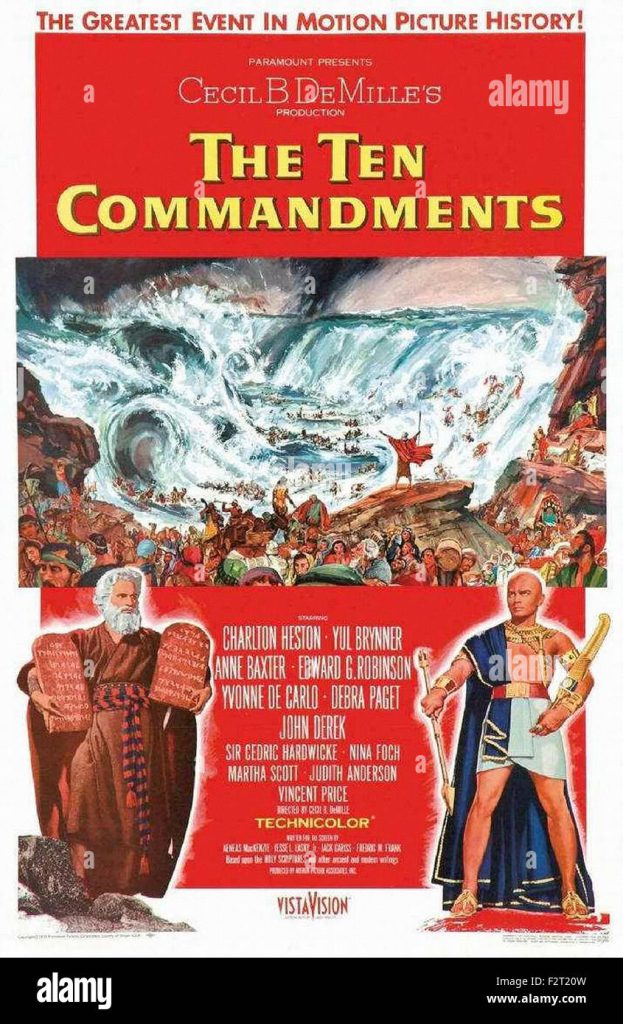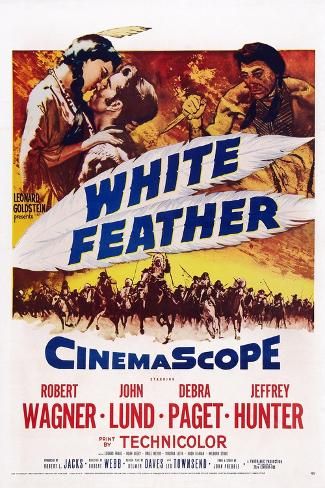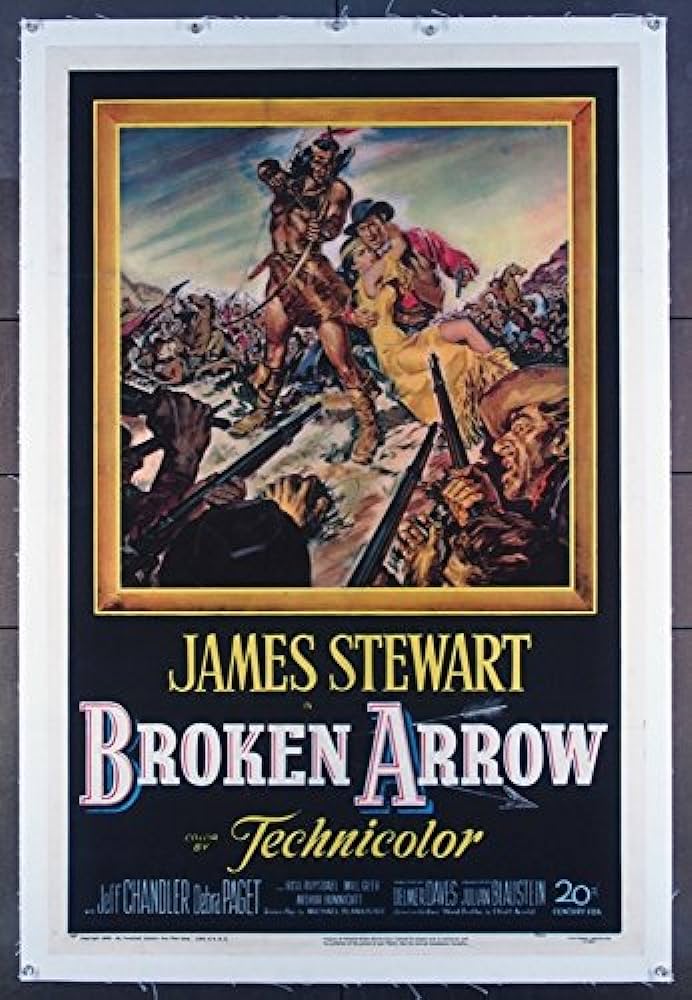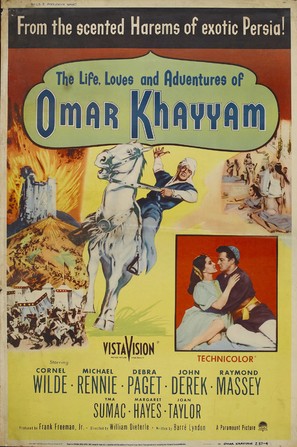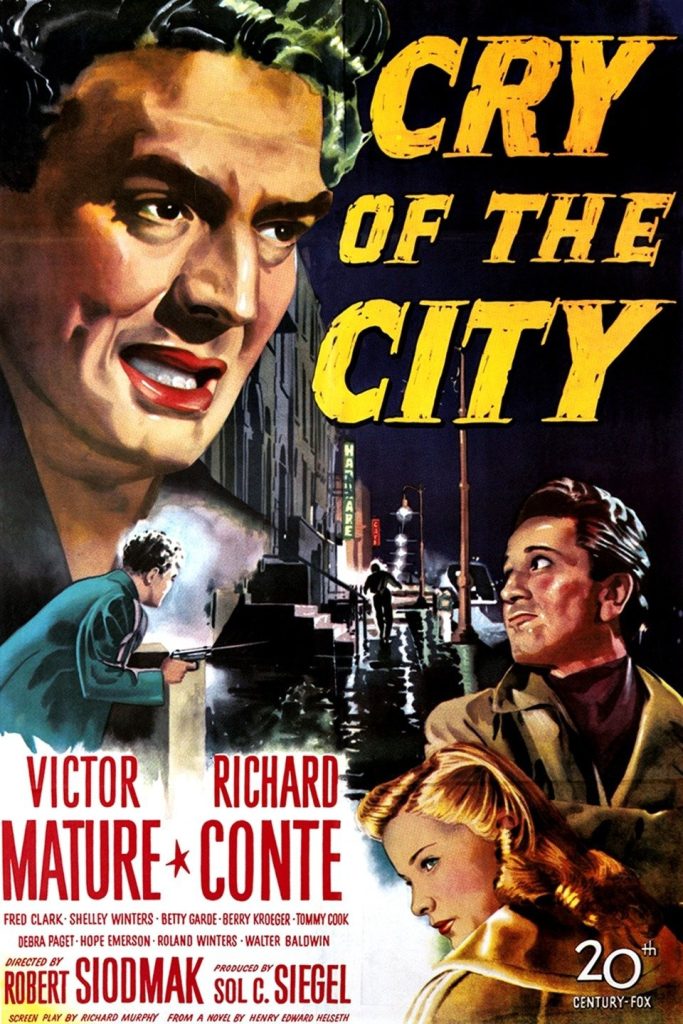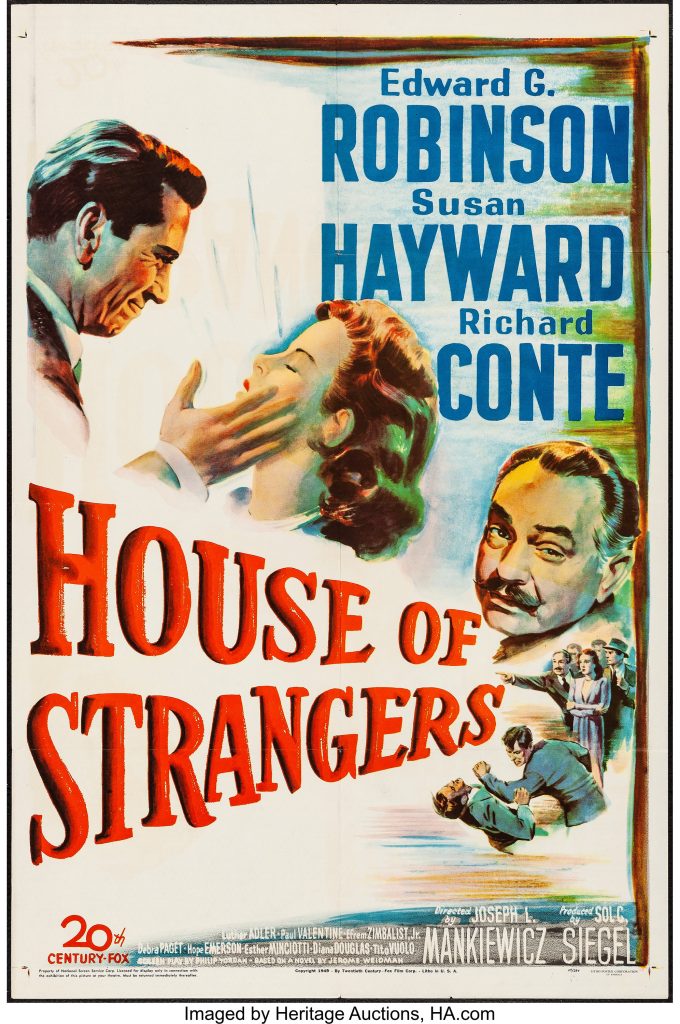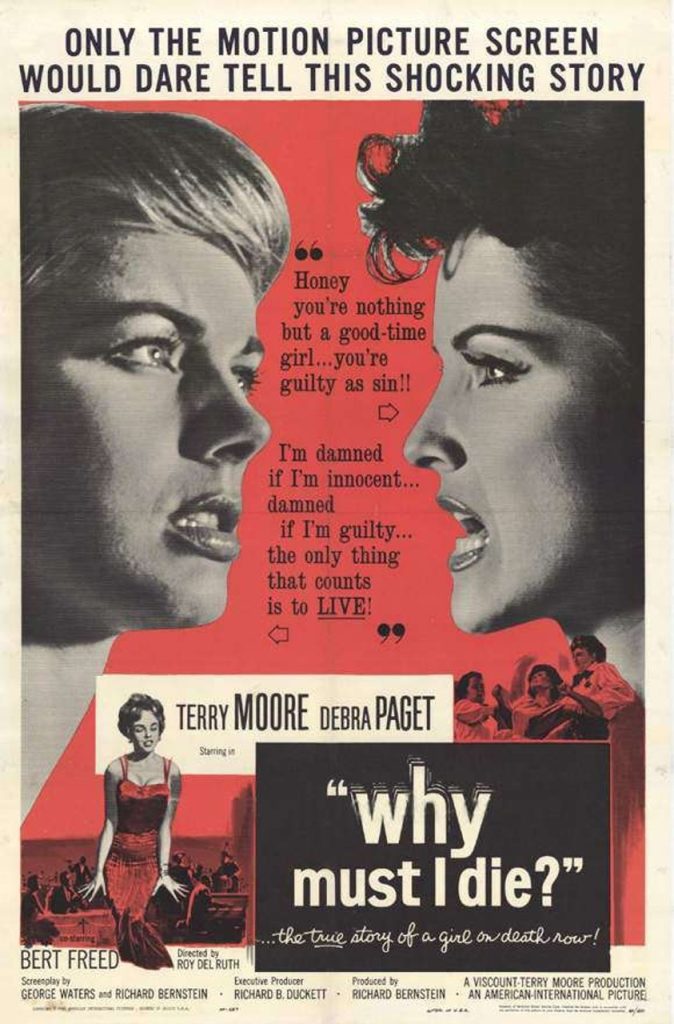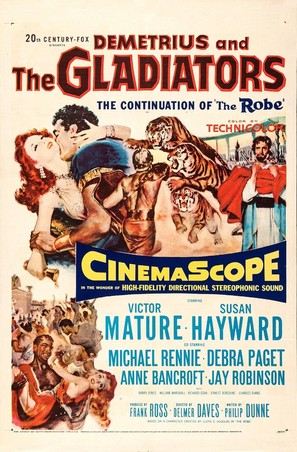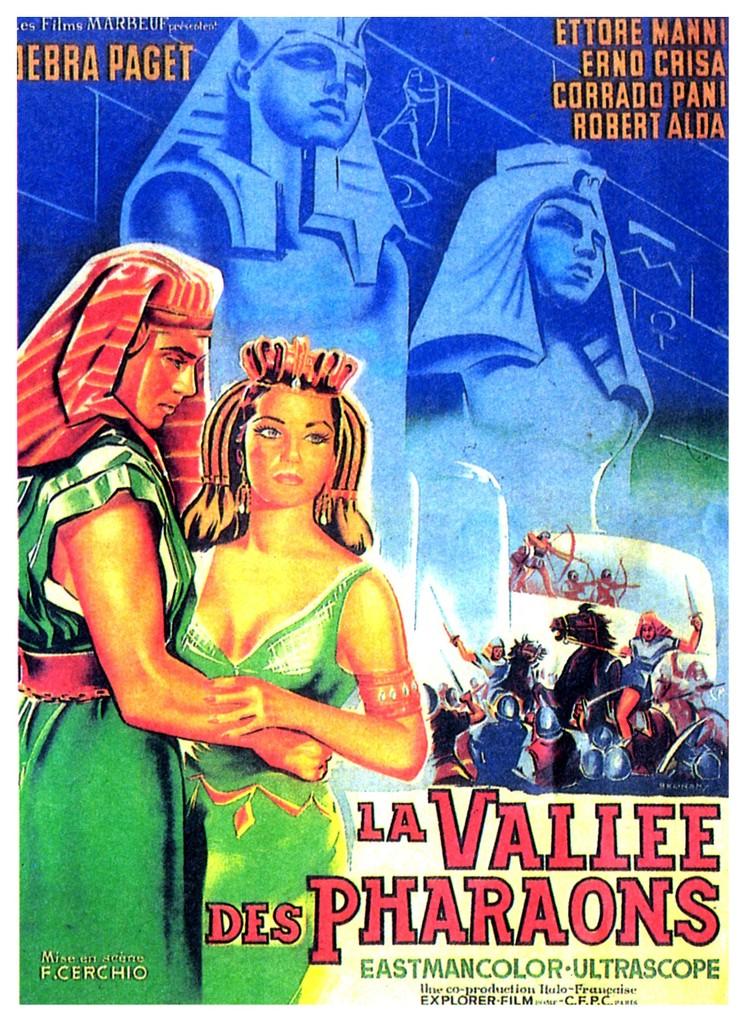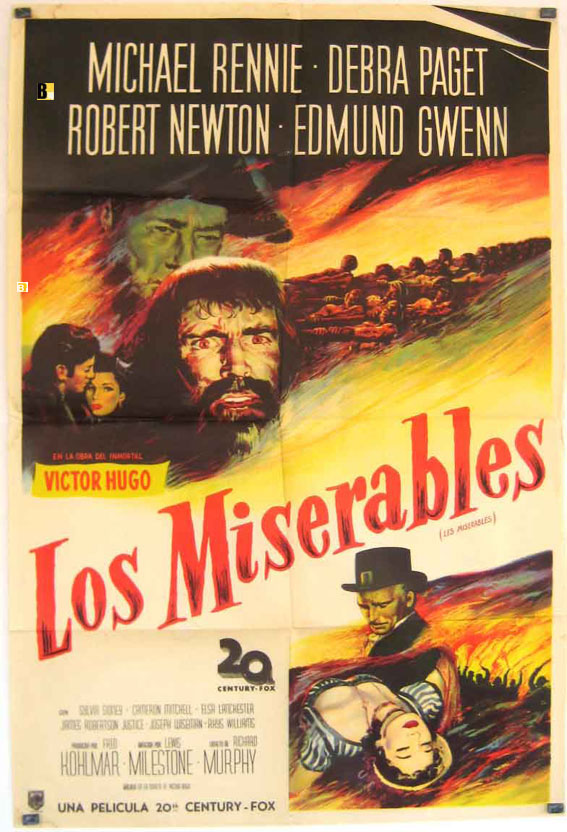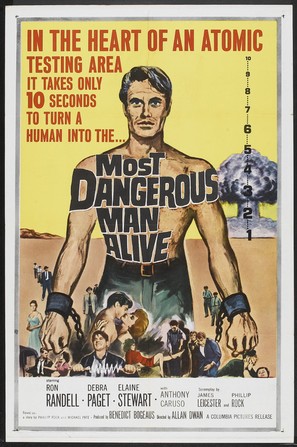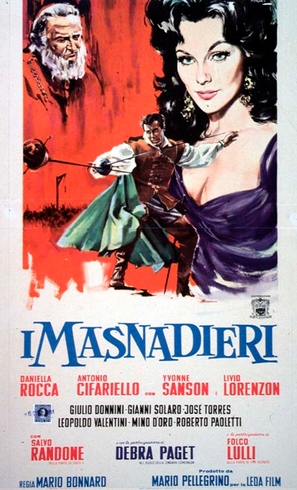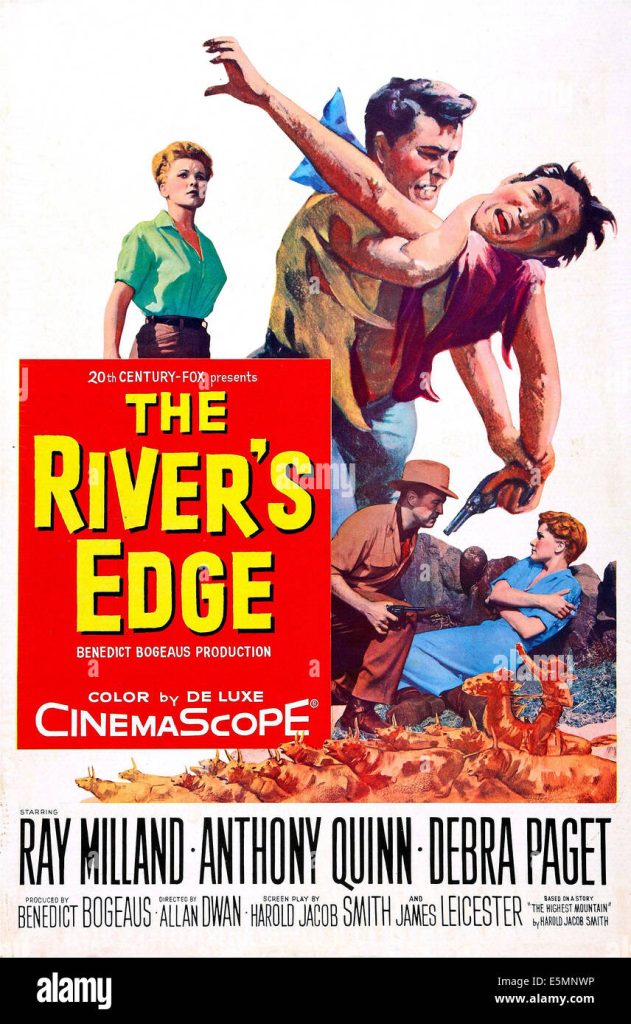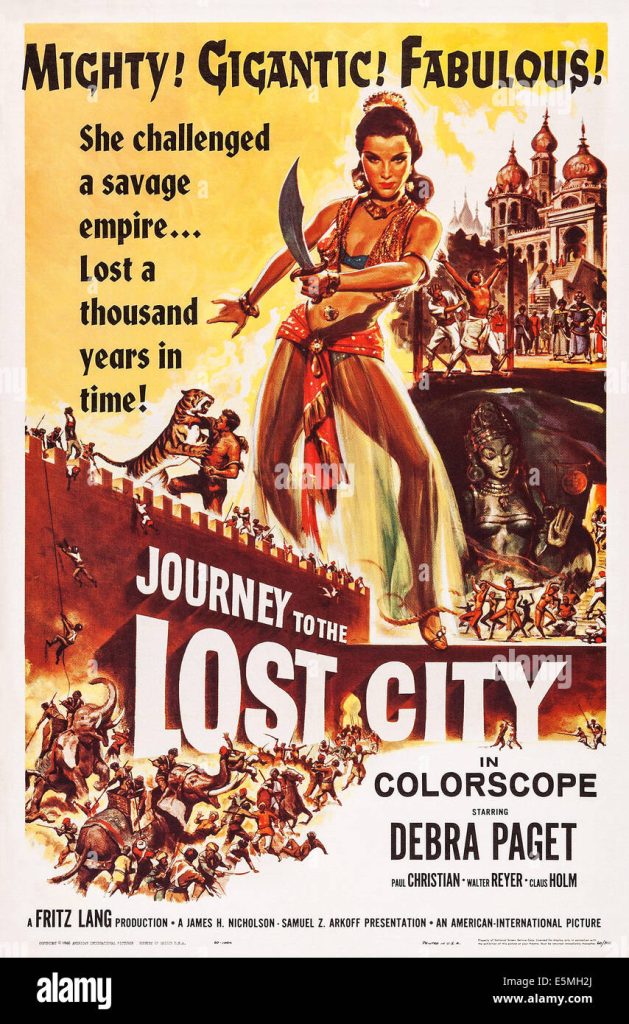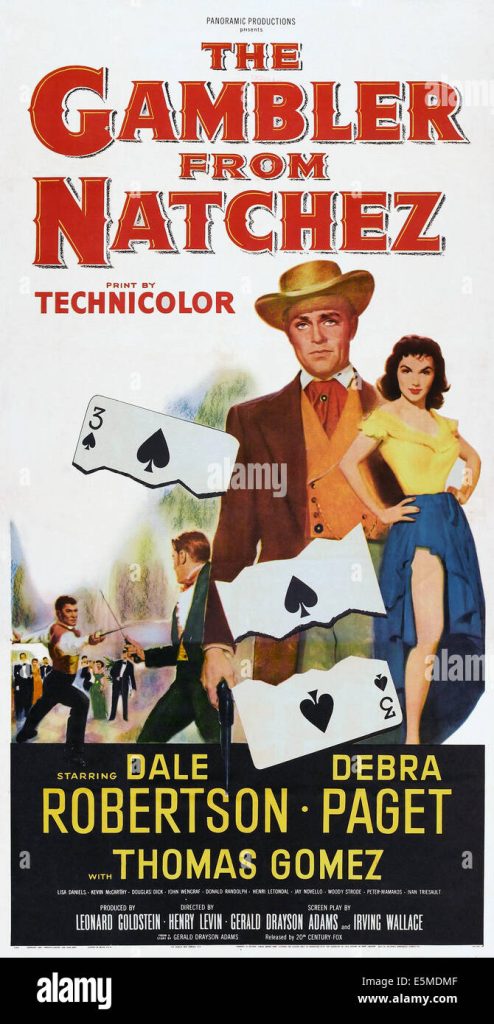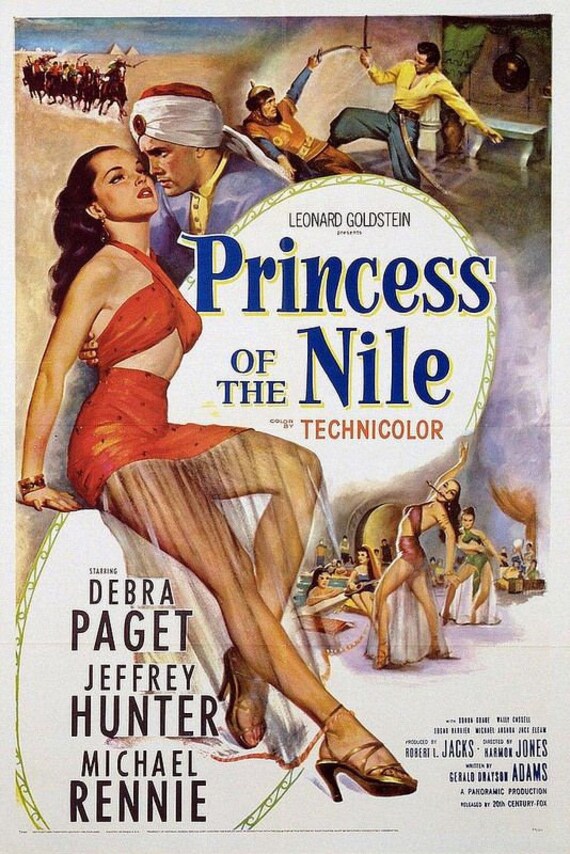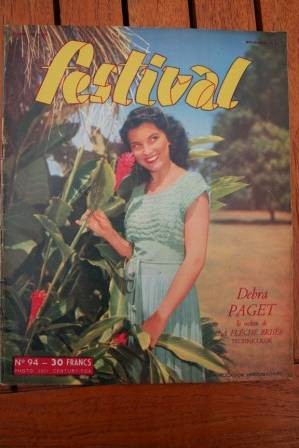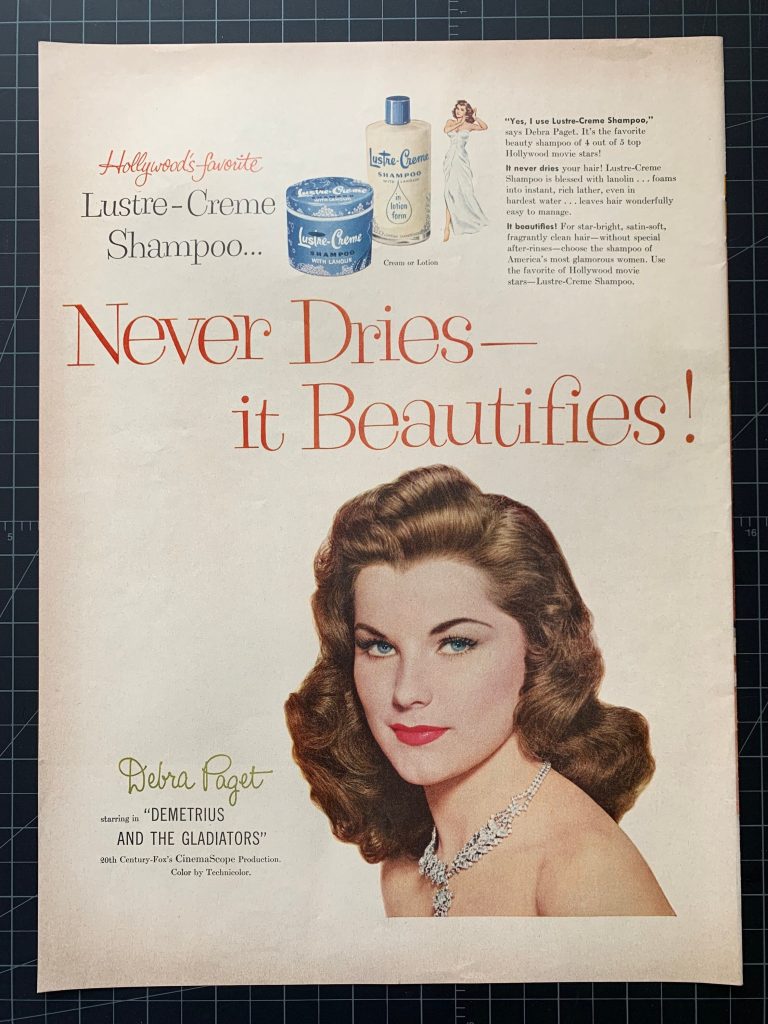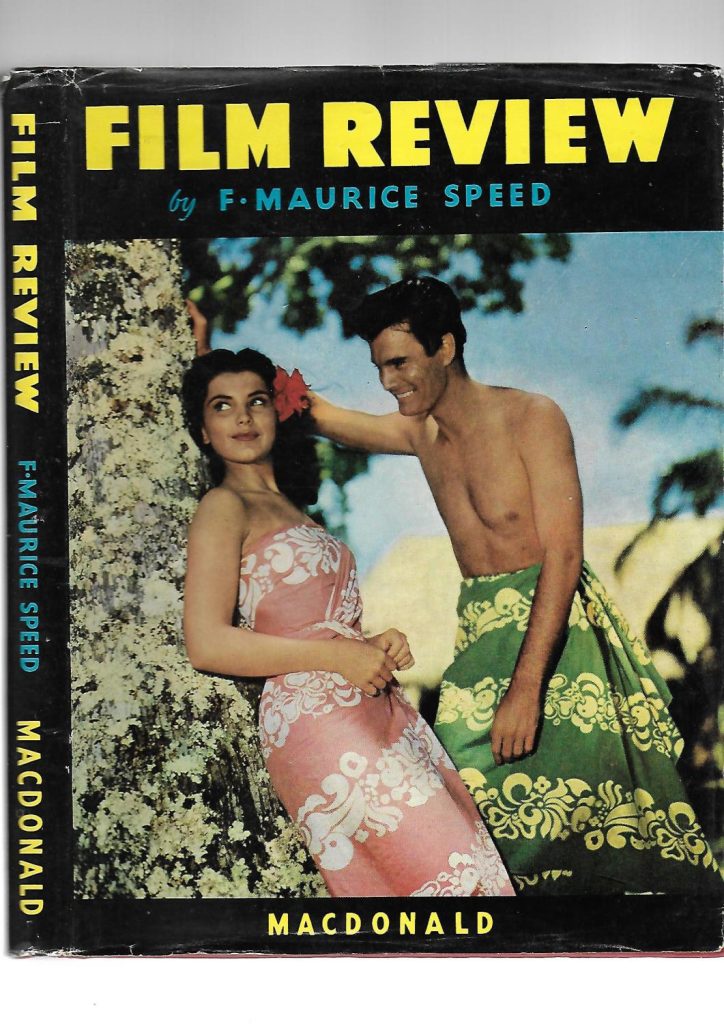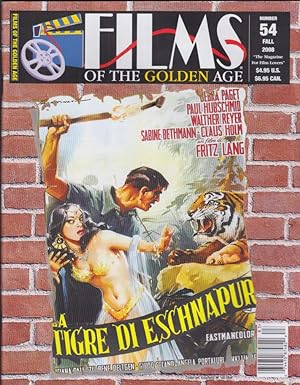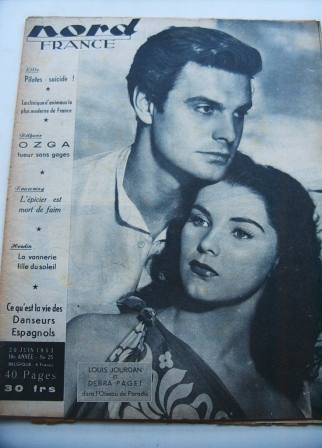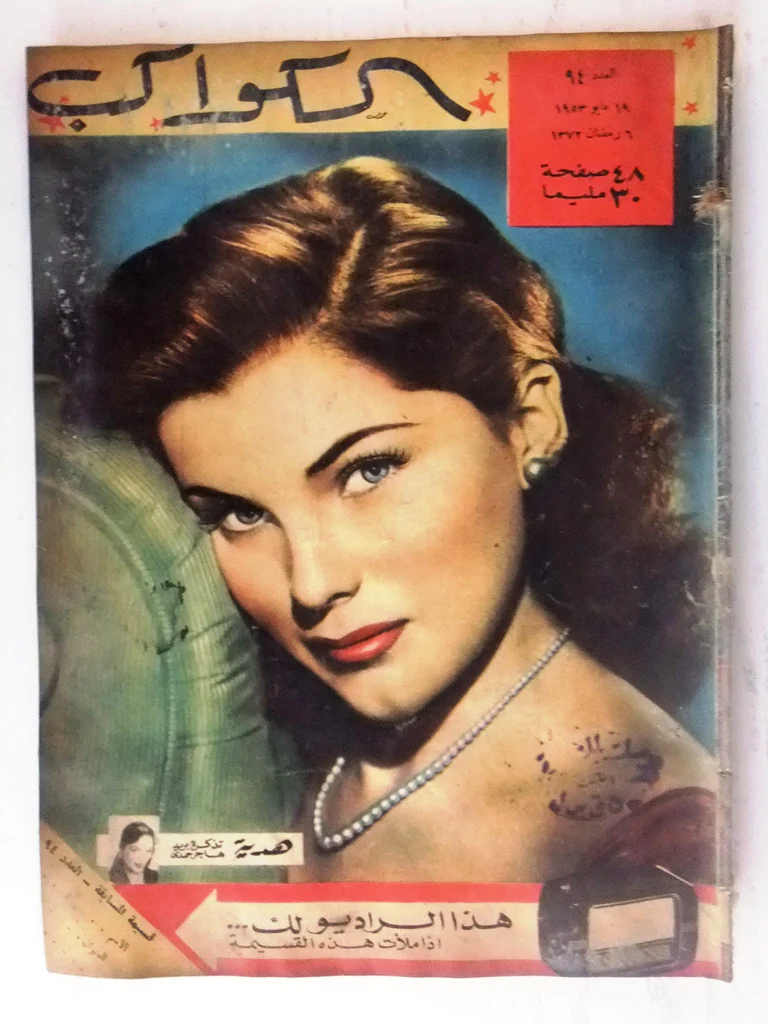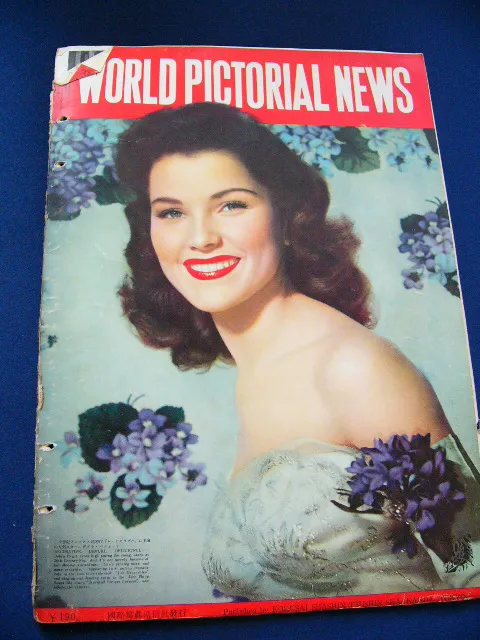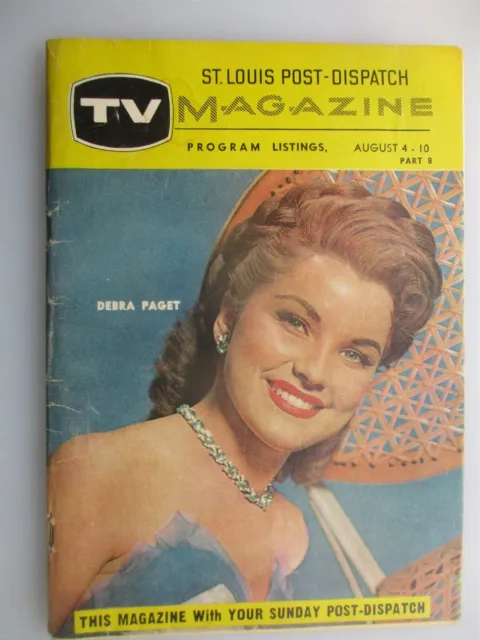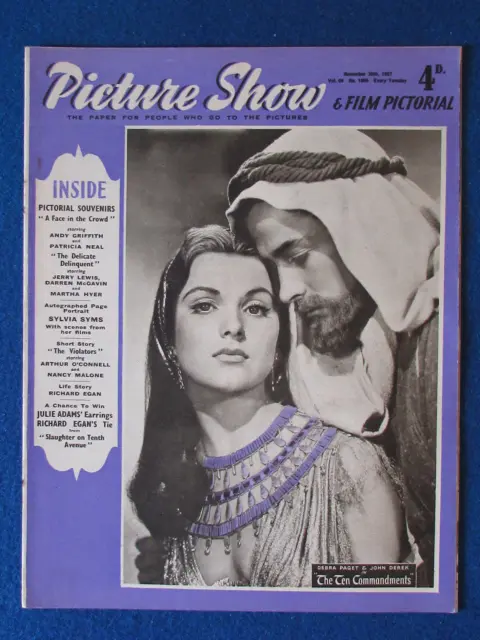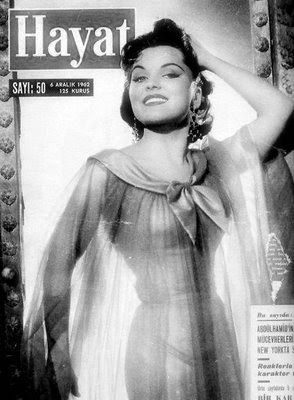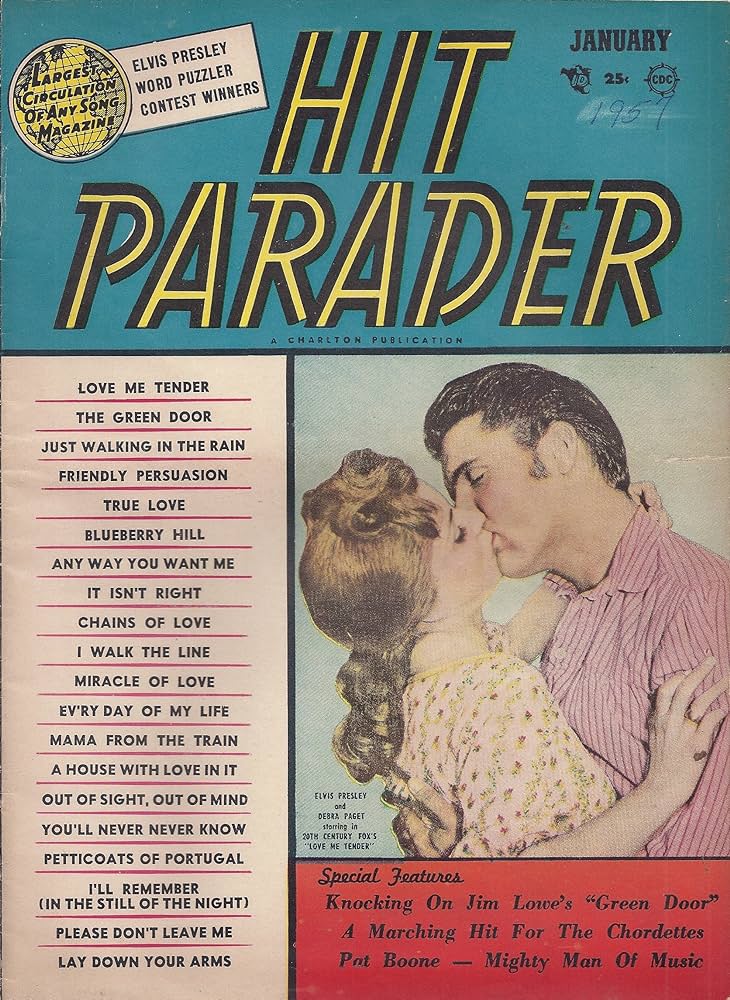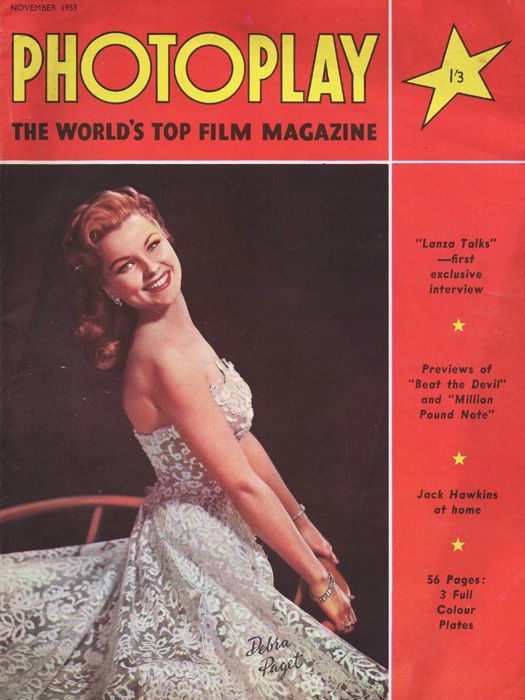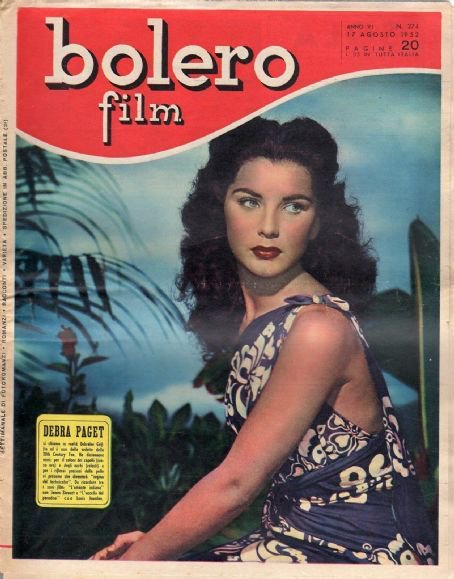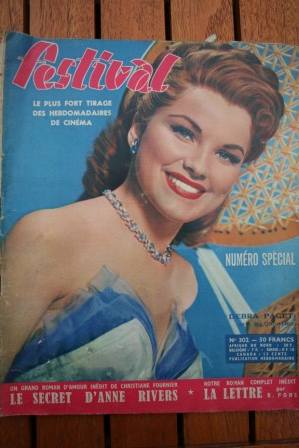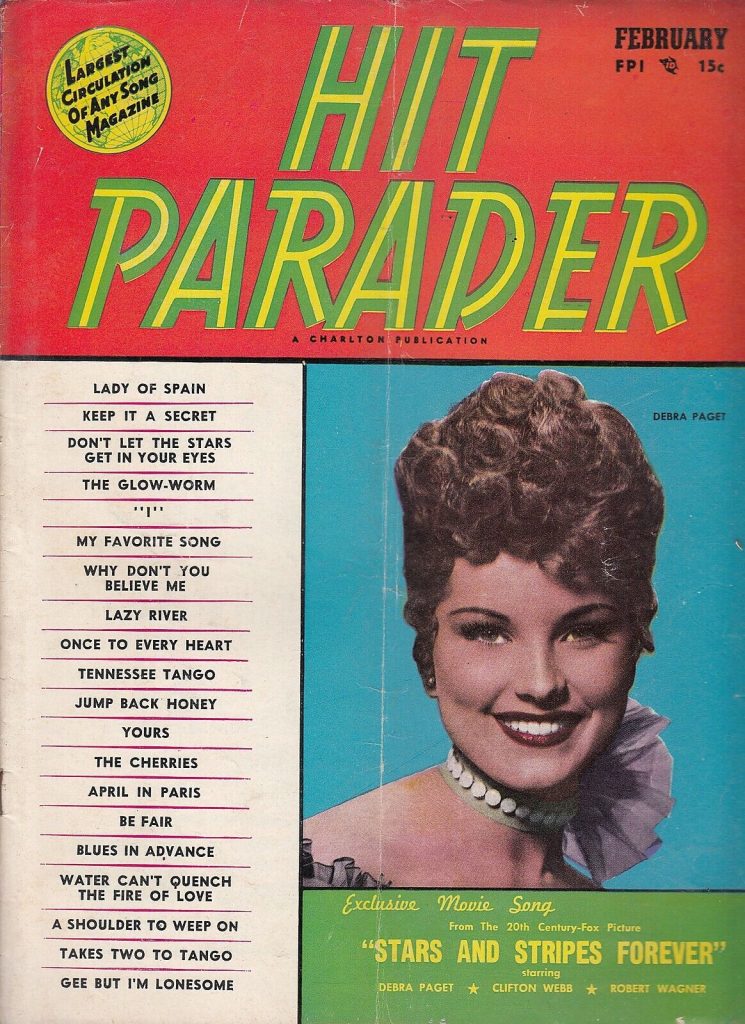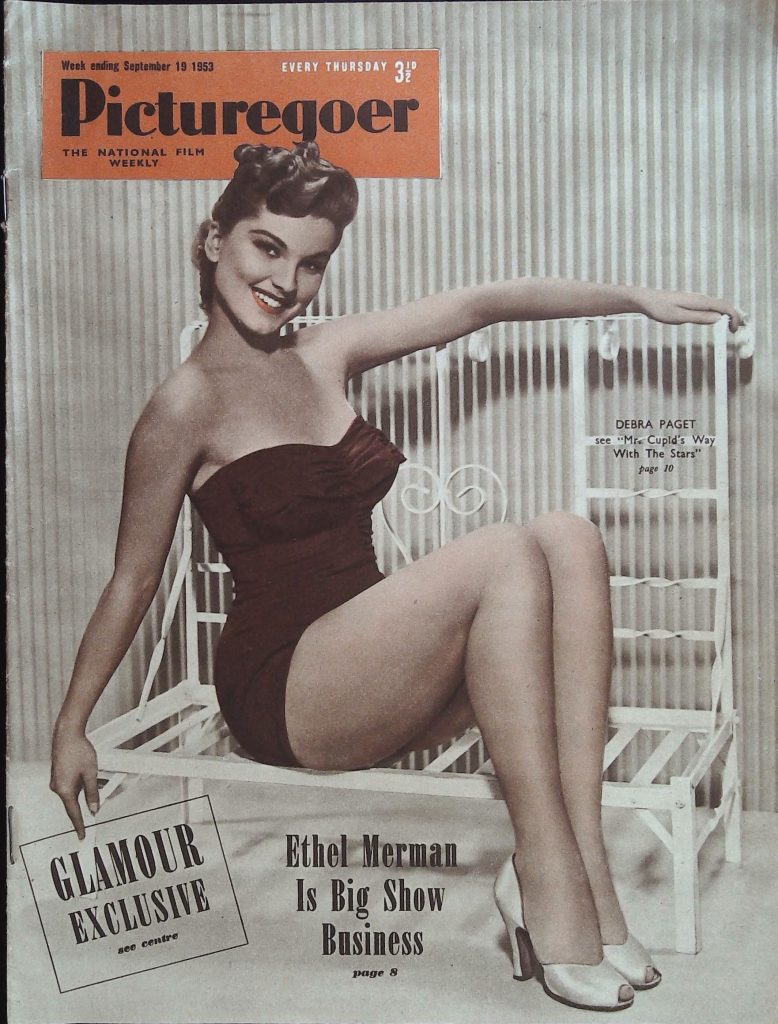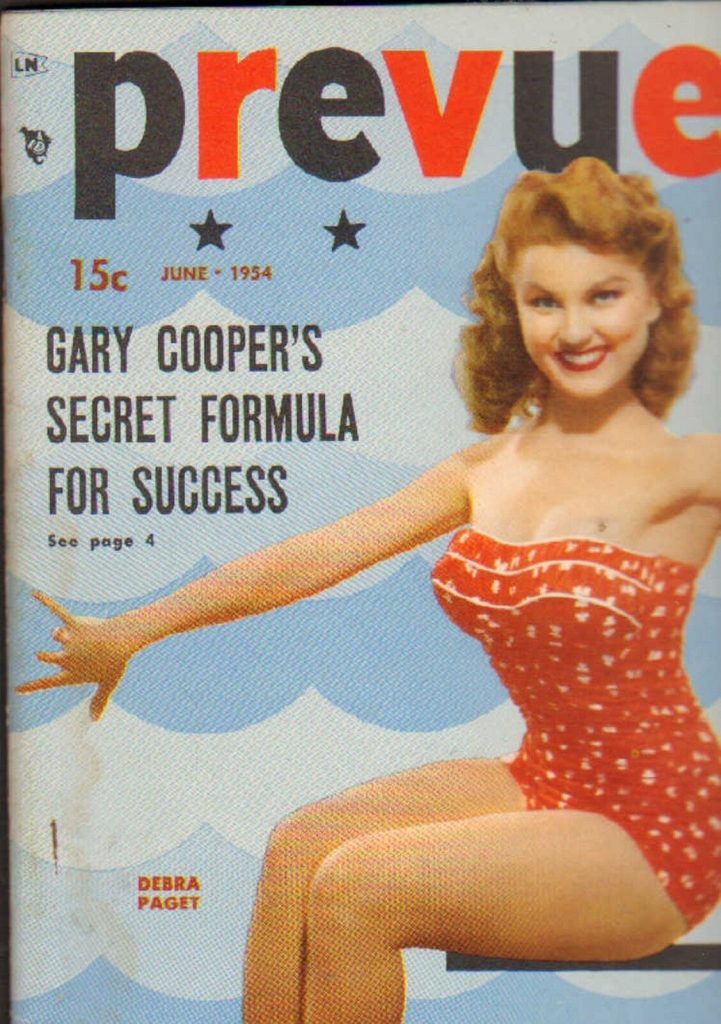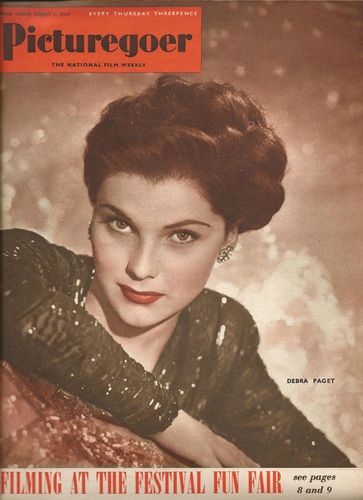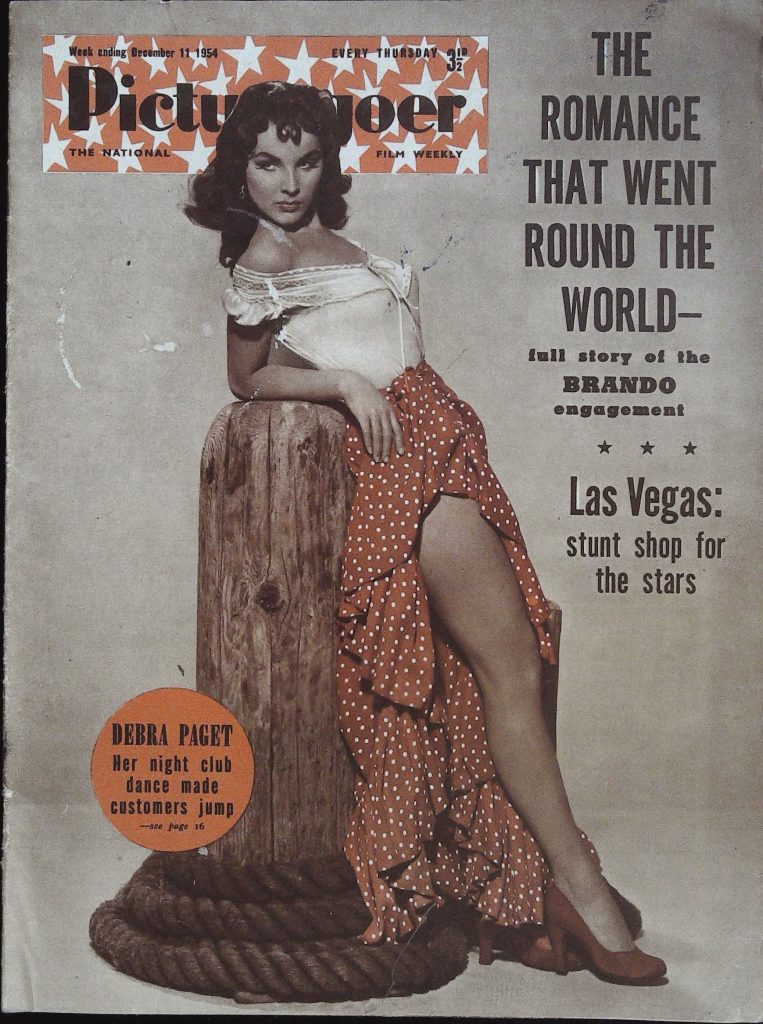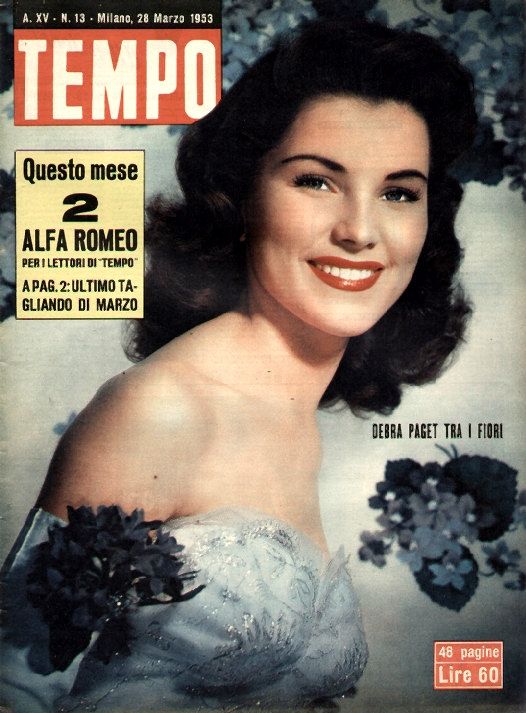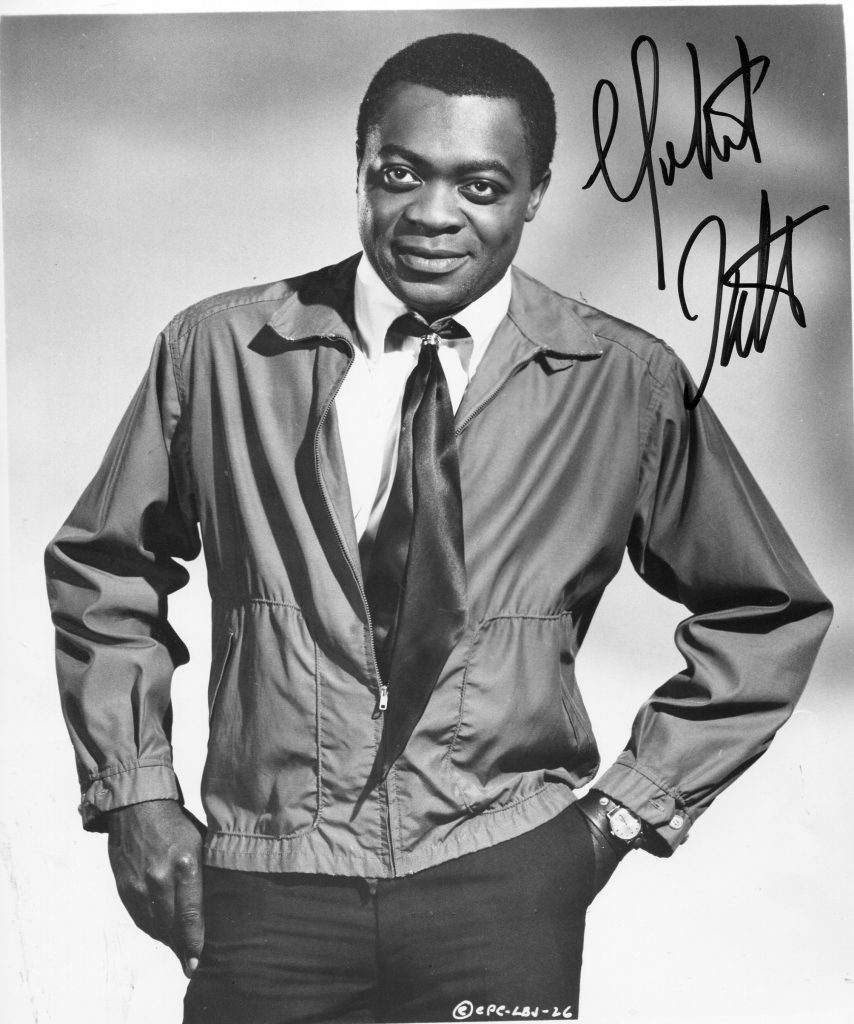
Yaphet Kotto was born in 1937 in New York. He rose to fame for his role in the first Roger Moore ‘James Bond’ “Live and Let Die” in 1973. His other movies include “The Liberation of L.B. Jones” and “The Running Man”. Yaphet Kotto died in 2021.
TCM overview:
A commanding presence in features and television since the early 1970s, Yaphet Kotto played physically powerful, often intimidating African-American men in such popular films as “Live and Let Die” (1973), “Blue Collar” (1978), “Alien” (1979) and “Midnight Run” (1988). He emerged from the New York stage in the early 1960s, working steadily in small but significant roles in features like “The Thomas Crown Affair” (1967) before moving up to supporting roles and leads in “Across 110th Street” (1971). His star-making turn came as the villainous Dr. Kananga in “Live and Let Die” (1973), which marked Roger Moore’s debut as James Bond and preceded a long run as a popular character actor in such major features as “Alien” (1979) and “Brubaker” (1980). Kotto was stranded in minor-league acting features for much of the 1980s, though he rebounded in the early 1990s as the formidable Lt. Al Giardello on the critically acclaimed “Homicide: Life on the Street” (NBC, 1993-2000). Throughout his long and varied career, Kotto’s performances were marked by an unerring sense of gravity, honesty and intelligence, which served him well in avoiding many of the career pitfalls suffered by African-American actors.
Born Nov. 15, 1939 in New York City, Yaphet Frederick Kotto was the son of Avraham Kotto, a businessman from Cameroon, and his wife Gladys, a nurse and army officer. Both of Kotto’s parents were Jewish, which contributed greatly to a rough childhood spent defending both his faith and his race. As a teenager, he wandered into a screening of “On the Waterfront” (1954) and became captivated by Marlon Brando’s performance. Kotto soon began studying at the Actors’ Mobile Studio and made his professional debut as a performer at 19 in a production of “Othello.” More stage roles preceded his first feature film appearance as an uncredited extra in the Rat Pack Western comedy “4 For Texas” (1963). The following year, he gave a supporting turn in Michael Roemer’s pioneering independent film “Nothing But a Man” (1964), a low-budget drama about contemporary black life produced outside of the studio system. Kotto soon returned to the stage, co-starring with Ossie Davis and Louis Gossett, Jr. in “The Zulu and the Zebra” in 1965 before replacing James Earl Jones in “The Great White Hope” (1969). Between plays, he turned up as a professional thief in “The Thomas Crown Affair” (1967) and a sympathetic bartender in “5 Card Stud” (1969) with Dean Martin and Robert Mitchum.
Kotto avoided many of the stereotypical roles offered to African-American actors during the 1970s, though he would admit in interviews that the paucity of quality projects required him to occasionally participate in Blaxploitation features like “Truck Turner” (1974) and “Friday Foster” (1975). But even in those films, he projected an innately masculine strength and confidence that elevated him above the material. Kotto found better showcases for those qualities in films like “The Liberation of L.B. Jones” (1970), as a young man who exacted terrible revenge on the white landowner who had beaten him, and “Across 110th Street” (1971), a gritty crime drama which pitted his young police lieutenant against Anthony Quinn’s aging lion of a police captain while pursuing crooks with stolen Mob money. During this period, Kotto also directed in “The Limit” (1972), a little-seen action-thriller about a motorcycle cop, played by Kotto, who took on a biker gang led by Ted Cassidy.
Kotto’s work for MGM on “Across 110th Street” led to his casting as Dr. Kananga, a Caribbean dictator who secretly operated a heroin business in the James Bond adventure “Live and Let Die” (1973). The international exposure afforded by the film led to more dramatic roles in high-profile projects including “Roots” (ABC, 1977) and Irvin Kershner’s “Raid on Entebbe” (NBC, 1977), an all-star TV movie based on Operation Entebbe, a raid carried out by Israeli special forces against Palestinian terrorists that had taken an Air France plane and its passengers hostage in Uganda. Kotto received an Emmy nomination for his performance as the charismatic but megalomaniacal Ugandan dictator Idi Amin. He soon returned to features, giving memorable performances as an autoworker who robbed his union headquarters in Paul Schrader’s “Blue Collar” (1978) and as an inmate who aided warden Robert Redford in reforming a troubled prison in “Brubaker” (1980). Kotto was also a standout in the ensemble cast for Ridley Scott’s science fiction classic “Alien” (1979) as Parker, the chief engineer on an ill-fated spaceship stalked by an aggressive extraterrestrial. Shortly after completing the film, Kotto was approached by director Irvin Kershner to play Lando Calrissian in “The Empire Strikes Back” (1980), but declined, citing fears that the character would result in his being typecast as a science fiction actor.
Kotto moved fluidly between features and television throughout the 1980s, earning critical acclaim as a former slave who led an uprising in “A House Divided: Denmark Vessey’s Rebellion” (PBS, 1982). But the quality of Kotto’s film projects went into decline as the decade wore on, with such genre pictures as “Warning Sign” (1986), “Eye of the Tiger” (1986) and the Arnold Schwarzenegger vehicle “The Running Man” (1987) relying more on his imposing physical presence than his acting abilities. He received a rare comic showcase as an FBI agent with a penchant for stealing cigarettes in “Midnight Run” (1988), with Robert DeNiro and Charles Grodin, but kept a low profile until 1993, when he was cast as Lt. Al Giardello on the critically acclaimed series “Homicide: Life on the Street.” A highly cultured, articulate man of Italian-American and African-American heritage, Giardello served as mentor for the detectives of the Baltimore Police Department’s Homicide unit throughout the series’ seven-season run, as well as a reunion TV feature, “Homicide: The Movie” (NBC, 2000), which saw Giardello suffer a fatal shooting while running for mayor. Kotto was reportedly displeased by the lack of substantive storylines given to the character, and turned to penning scripts for several episodes, including a well-regarded 1997 story in which a murder suspect holed up in €a former African Revival Movement headquarters.
By Paul Gaita
The above TCM overview can also be accessed online here.
‘ Guardian” obituary in 2021.
In the 1985 TV movie Badge of the Assassin, Yaphet Kotto, who has died aged 81, is told by Alex Rocco, playing an NYPD detective, that the only reason he has been assigned to the investigation of a black militant murder of two cops is because he is a black detective. As Rocco storms away, Kotto calls out to him: “Who told you I was a black detective?”
This could be a metaphor for Kotto’s career. His considerable acting talent was often subsumed by his appearance, almost the antithesis of what a Hollywood leading man, especially a black one, needed to be in that era. Tall and strongly built, Kotto was not a handsome Sidney Poitier, the breakthrough black actor of the 1960s. “I’m always called powerful, bulky or imposing … I think I have this image as a monster,” Kotto said, but his distinctive broad face, with sleepy eyes, quick smile and a slight lisp, was a character actor’s dream, a tool he manipulated through violence and sensitivity to bring subtleties to even the least subtle of roles.
He may be best remembered for doing just that in the James Bond film Live and Let Die (1973) – in which he played the African ruler Dr Kananga and his gangster alter ego, Mr Big, making subtlety even more difficult (“I was too afraid of coming off like Mantan Moreland,” he said, referring to the vaudevillian known for his exaggerated facial expressions) – and in Midnight Run (1988), as the FBI agent Alonzo Mosely, whose chase for his lost ID card drives the plot. His finest film was Paul Schrader’s Blue Collar (1978), a landmark study of both race and class in the US, which would have lost its power had Schrader cast matinee idols instead of Kotto, Harvey Keitel and Richard Pryor.
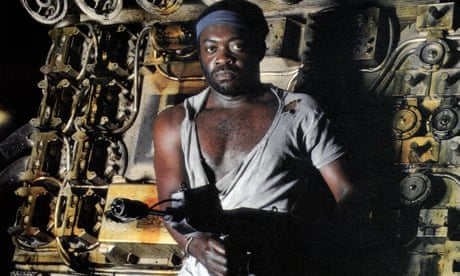
Kotto’s Bond role may have drawn on his Emmy-nominated performance as the Ugandan dictator Idi Amin in the TV movie Raid on Entebbe (1976), while his memorable Parker in Alien (1979) echoed Blue Collar when he and Harry Dean Stanton threaten to strike. Sadly, when Kotto became the first black actor to play Othello in a feature film, it was in Liz White’s little-seen 1980 version.Advertisementhttps://afb74697ca0eda81d327be34133576a3.safeframe.googlesyndication.com/safeframe/1-0-38/html/container.html
Kotto was born in New York City. His mother, Gladys Marie, was a nurse of Antiguan and Panamanian background; his father was, in Kotto’s telling, a businessman, Njoki Manga Bell, descended from Cameroonian royalty, who jumped ship in the US and changed his name to Avraham Kotto. His father adopted Judaism, as did his mother, a former Roman Catholic. From the age of three, after his parents divorced, Kotto was raised in the Bronx by his maternal grandparents, though he retained his Jewish identity.
Kotto’s life changed at 16 when he saw Marlon Brando in On the Waterfront. He “knew from that moment I wanted to be an actor”. He enrolled in a local theatre school and made his stage debut as Othello at 19. His first film role was uncredited in Four for Texas (1963); his first credit came in the 1964 civil rights drama Nothing But a Man, starring Ivan Dixon, Abbey Lincoln and Julius Harris, who 24 years later played Kotto’s henchman Tee Hee in Live and Let Die.
But he concentrated on the stage: in 1965 he played on Broadway in The Zulu and the Zayda, and the actor Judy Holliday became his mentor, which led to his understudying and then replacing James Earl Jones in The Great White Hope. Kotto drew critical praise for his portrayal of the boxer Jack Jefferson (based on Jack Johnson).
After Martin Luther King’s assassination in 1968, Kotto released a record, Have You Ever Seen the Blues, reading his own words over what Billboard called “an infectious dance beat”. His film career expanded and in 1972 he played the title role in Larry Cohen’s Bone, a black comedy American B-movie take on Jean Renoir’s Boudu Saved from Drowning. He was Anthony Quinn’s police foil in Across 110th Street, and played the villain Harvard Blue in Jonathan Kaplan’s Truck Turner, with Isaac Hayes as the eponymous Shaft manqué.
By the 1980s his jobbing work was interspersed with occasional meatier roles, as in Peter Hyams’ The Star Chamber (1983) and alongside Arnold Schwarzenegger in The Running Man (1987), but he turned down a part in the civil war drama Glory (1989), saying the movie was about the white man commanding a regiment of black soldiers. “Do you see me taking orders like that?” he asked, though Denzel Washington won an Oscar rebelling against orders in the film. He also turned down Billy Dee Williams’ Star Wars role as Lando Calrissian and Patrick Stewart’s Jean-Luc Picard in Star Trek: The Next Generation.
But his career revived with one of his greatest roles. In the longrunning (1993-99) TV series Homicide: Life on the Street, he played the shift commander Lt Al Giardello, whose background, described by the show’s creator, David Simon, as “the unlikeliest Sicilian”, was never explained, simply taken for granted. After a Homicide movie in 2000, Kotto’s only other film role was reprising his Midnight Run character in the aptly titled Witless Protection (2008).
By that time Kotto had moved to Manila with his Filipino third wife, Tessie Sinahon, with whom he ran an artists’ retreat in southern Leyte. Both earlier marriages ended in divorce. He is survived by Tessie, by a daughter, Natasha, and two sons, Fred and Robert, from his first marriage, to Rita Ingrid Dittman, and three daughters, Sarada, Mirabai and Salina, from his second, to Antoinette Pettyjohn.
Yaphet Frederick Kotto, actor, born 15 November 1939; died 15 March 2021



